Picture source = https://www.firstpalette.com/craft/rainforest-diorama.html
BIODIVERSITY
Q. What is Biodiversity?
Ans. : Biodiversity/Biological diversity refers to all the variety of life that can be found on Earth (plants, animals, fungi, micro-organisms etc.) as well as to the communities that they form and the habitats in which they live. It forms the web of life of which we are an integral part and upon which we so fully depend. It deals with the degree of nature’s variety in the biosphere. This variety can be observed at three levels; the genetic variability within a species, the variety of species within a community, and the organisation of species in an area into distinctive plant and animal communities constituting ecosystem diversity.
Q. Why should we be protecting Biodiversity loss?
Ans. : Biodiversity is of great importance in order to maintain stable ecosystems. It provides sustainability of fundamental resources which are essential for existence of living being including human on this planet. It acts as natural wealth for socio economic development and provides balance in natural processes. A wide verity of natural products support various industries as agriculture, cosmetics, pharmaceuticals, pulp and paper, horticulture, construction, waste treatment etc. The loss of biodiversity threatens our food supplies, opportunities for recreation and tourism, and sources of wood, medicines and energy and many more.
Q. Is there any effort at international level regarding Biodiversity conservation?
Ans. : In 1992, the largest-ever meeting of world leaders took place at the United Nations Conference on Environment and Development in Rio de Janeiro, Brazil. Historic agreements were signed at the “Earth Summit“, including two binding agreements, the Convention on Climate Change, which targets industrial and other emissions of greenhouse gases such as carbon dioxide, and the Convention on Biological Diversity, the first global agreement on the conservation and sustainable use of biological diversity. The biodiversity treaty gained rapid and widespread acceptance. Over 150 governments signed the document at the Rio conference. The Convention establishes three main goals: the conservation of biological diversity, the sustainable use of its components, and the fair and equitable sharing of the benefits from the use of genetic resources.
Q. Is there any policy framework at national level for conservation of Biodiversity?
Ans. : India is a megadiverse country that harbours 7-8% of all recorded species, including 45,000 species of plants and 91,000 species of animals on only 2.4% of world’s land area. Biodiversity forms the cornerstone of ecosystem functions and services that supports millions of livelihoods in the country. India has been persevering in its efforts to conserve this vital biodiversity and ecosystems. As a party to Convention on Biological Diversity (CDB) that mandates parties to prepare a national biodiversity strategy and action plan for implementing the convention at the national level, India developed a National Policy and Macro level Action Strategy on Biodiversity in 1999. Subsequent to the adoption of National Environment Policy (NEP) in 2006, a National Biodiversity Action Plan (NBAP) was developed through comprehensive inter-ministerial process in 2008. India’s NBAP is broadly aligned to the global Strategic Plan for Biodiversity 2011-2020 adopted under the aegis of CBD in 2011. Using the Strategic Plan as a framework, India has now developed 12 National Biodiversity Targets through extensive stakeholder consultations and public outreach.
Q. What are the efforts undertaken by NHPC for conservation of Biodiversity?
Ans. : NHPC’s projects are usually situated in remote hilly areas such as North and North Eastern Himalayan States of India which are generally rich in biodiversity. Based on the finding of Environment Impact Assessment (EIA) studies, project specific conservation measures for biodiversity conservation are suggested in the Environment Management Plan (EMP) report. The activities include ex-situ conservation measures viz. development of Botanical Garden, Arboretum, Butterfly Park, Biodiversity Conservatories, etc., and, in-situ conservation measures like habitat improvement, preservation of biological rich area, anti-poaching activities, etc. An Orchidarium and arboretum have been developed by the Darjeeling Forest Division near Teesta Low Dam –III & IV Power Stations, West Bengal. Biodiversity conservatories have been developed for conservation of local floral species at Uri-II, Sewa-II Power stations, J&K. At Teesta-V Power Station, Sikkim, a butterfly park has been created in association with State Forest Department. Besides this, habitat improvement has been done to preserve local faunal species viz. flying fox. At Lower Subansari Project, Arunachal Pradesh, to maintain and enhance floral and faunal habitat, two Orchidaria have been established. Botanical Garden and an arboretum over an area of 40 ha have been developed with help of Botanical Survey of India at Kalpong project in North Andaman. At Kishanganga Power Station, J&K, to reduce man-animal conflict, automatic animal rescue cages have been provided to the Wildlife Department., Govt. of J&K.
[Contribution by: Kumar Manish, Senior Manager (Environment)]
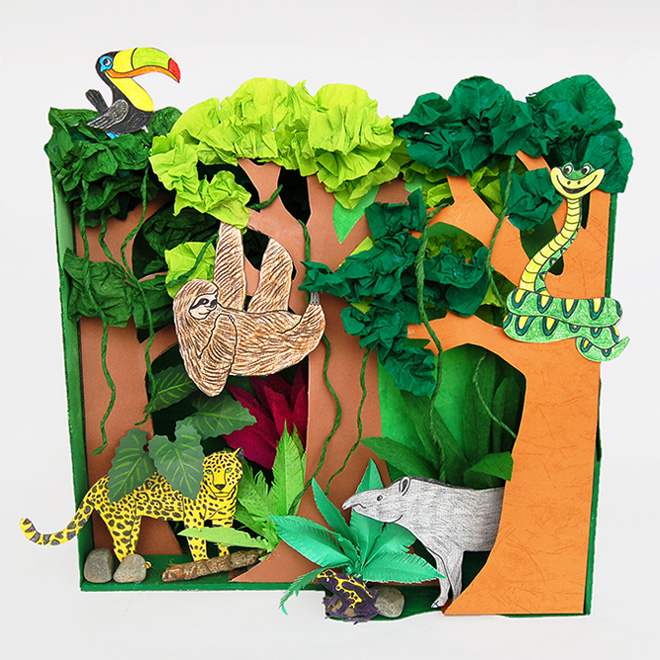









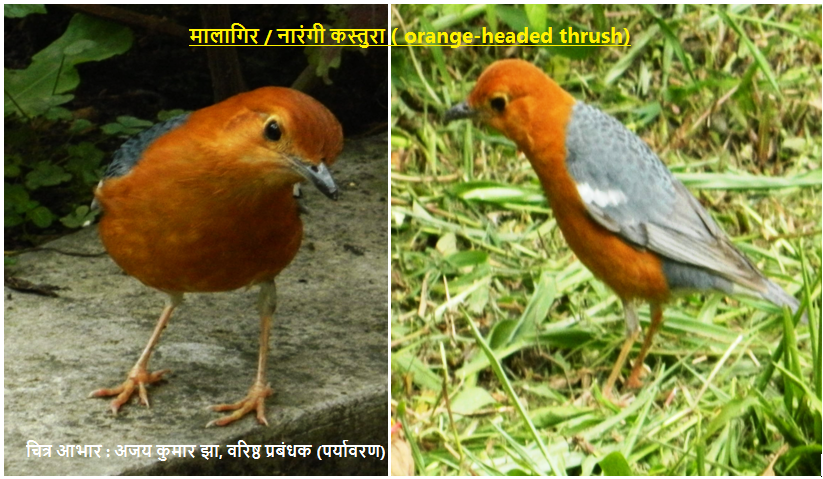









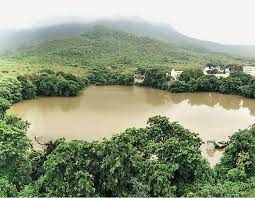


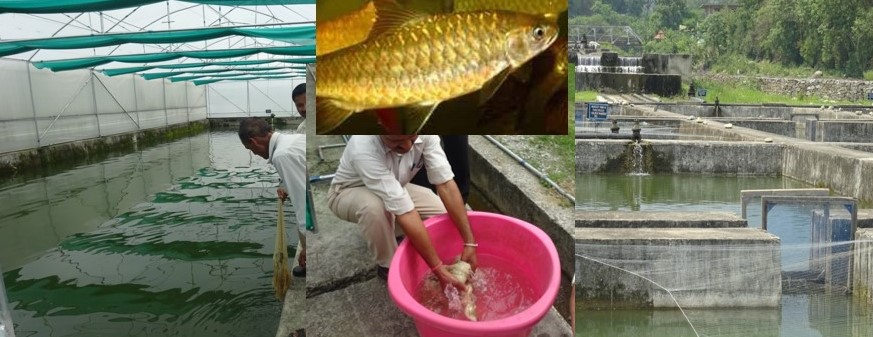




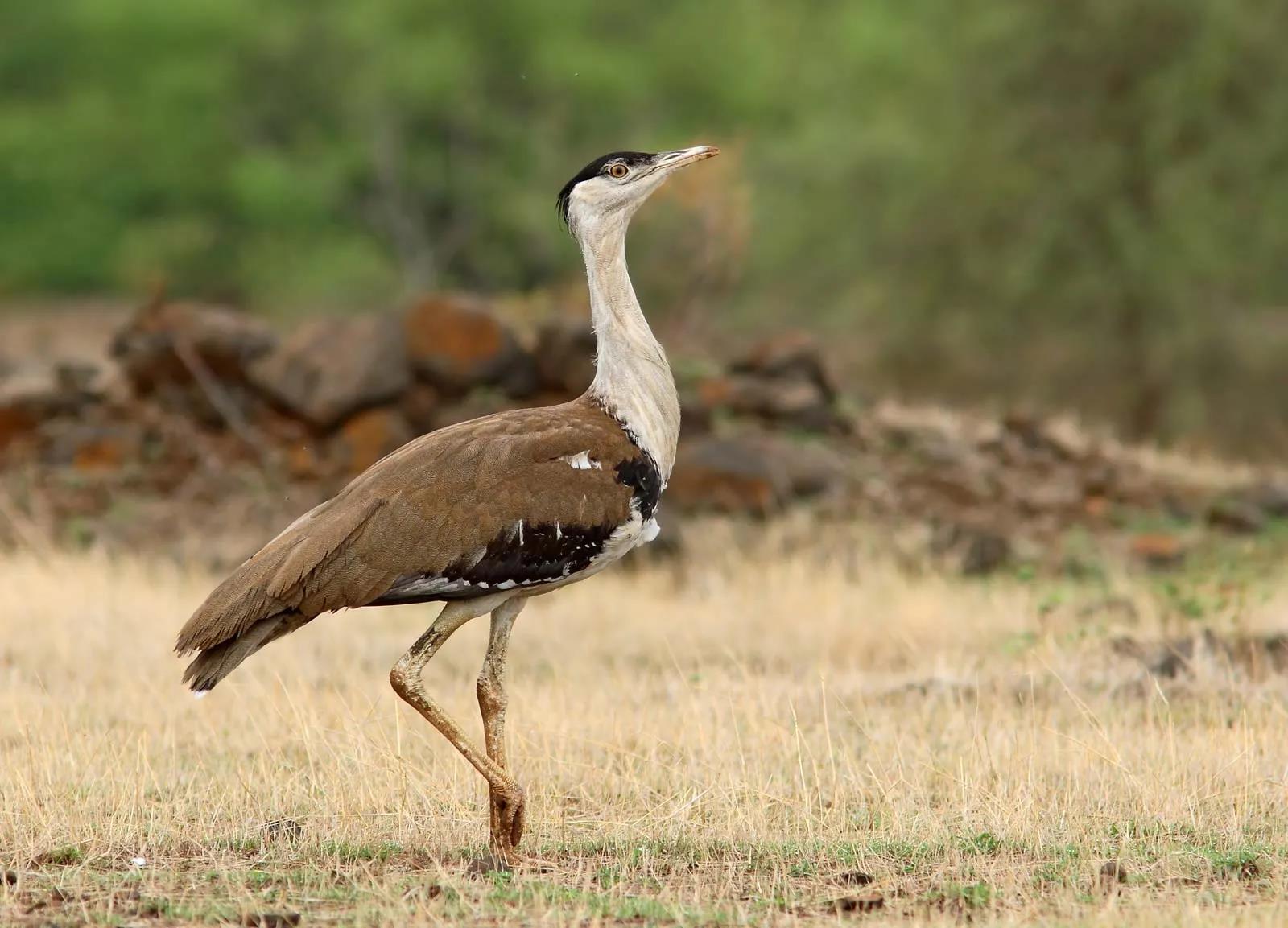
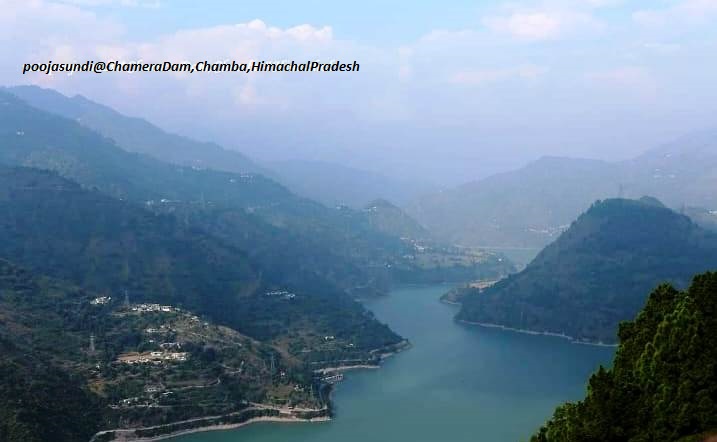
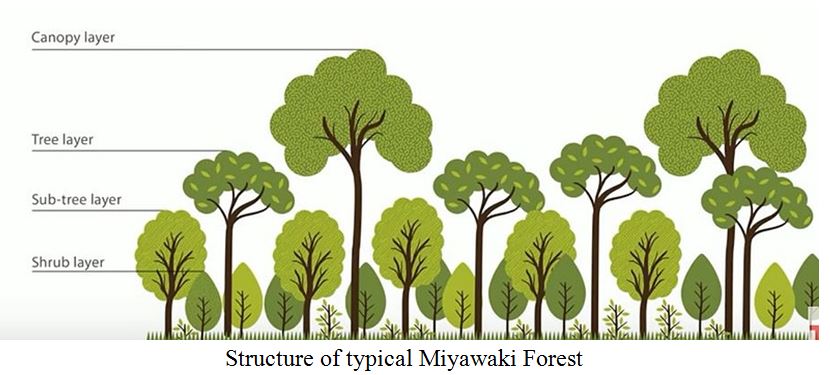
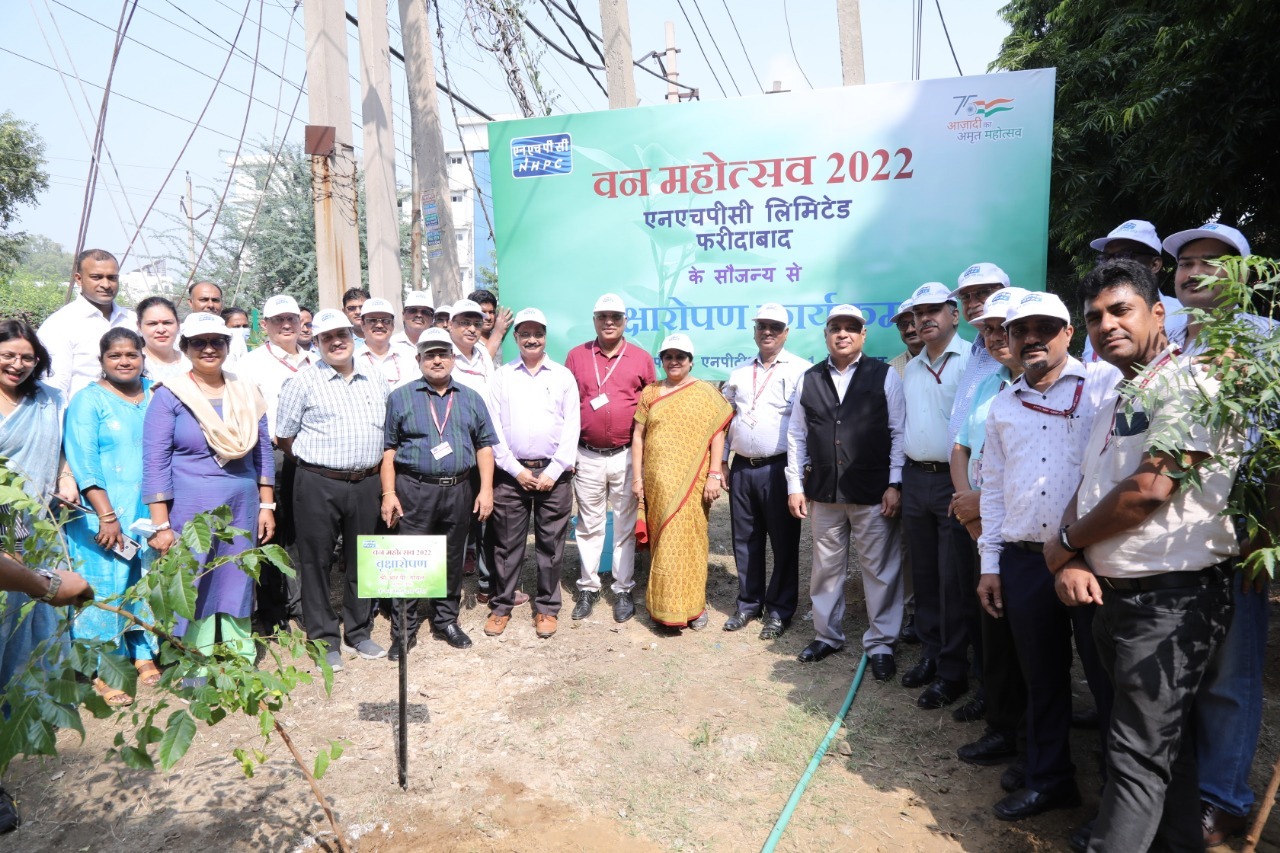


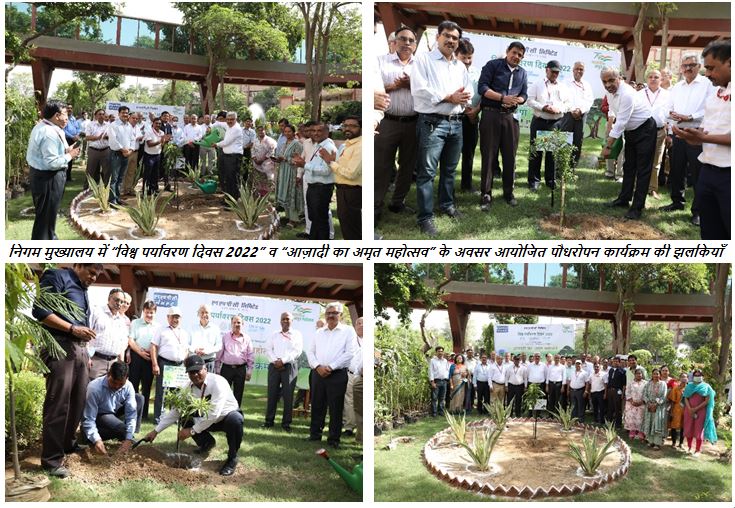

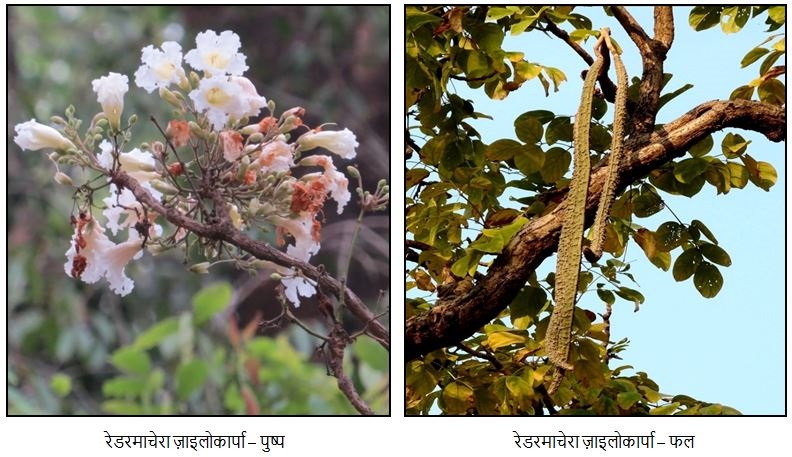










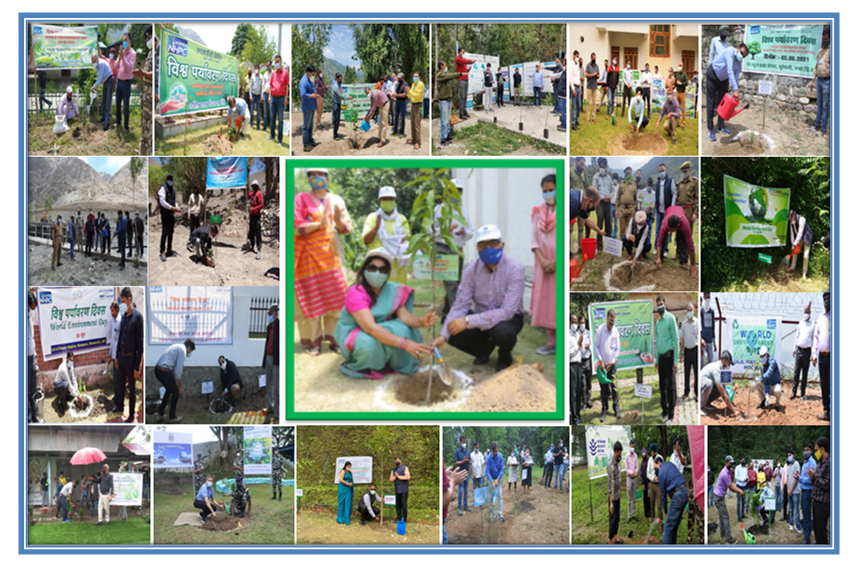

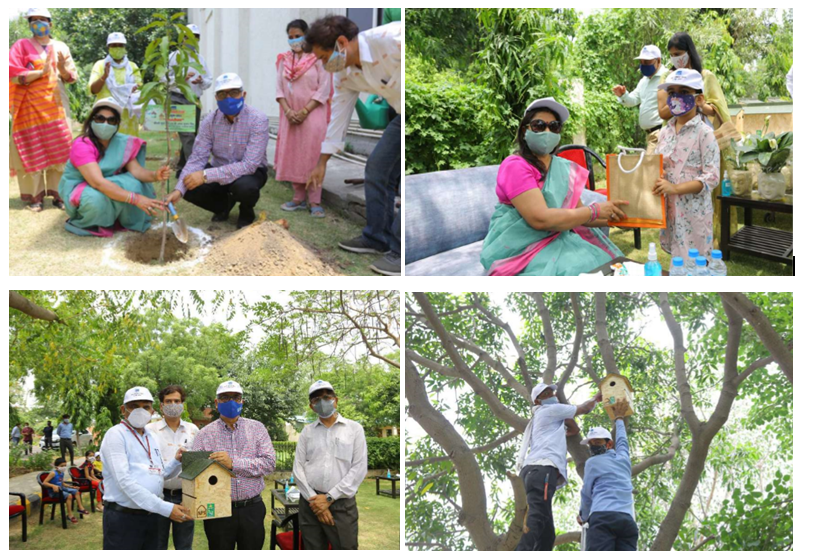















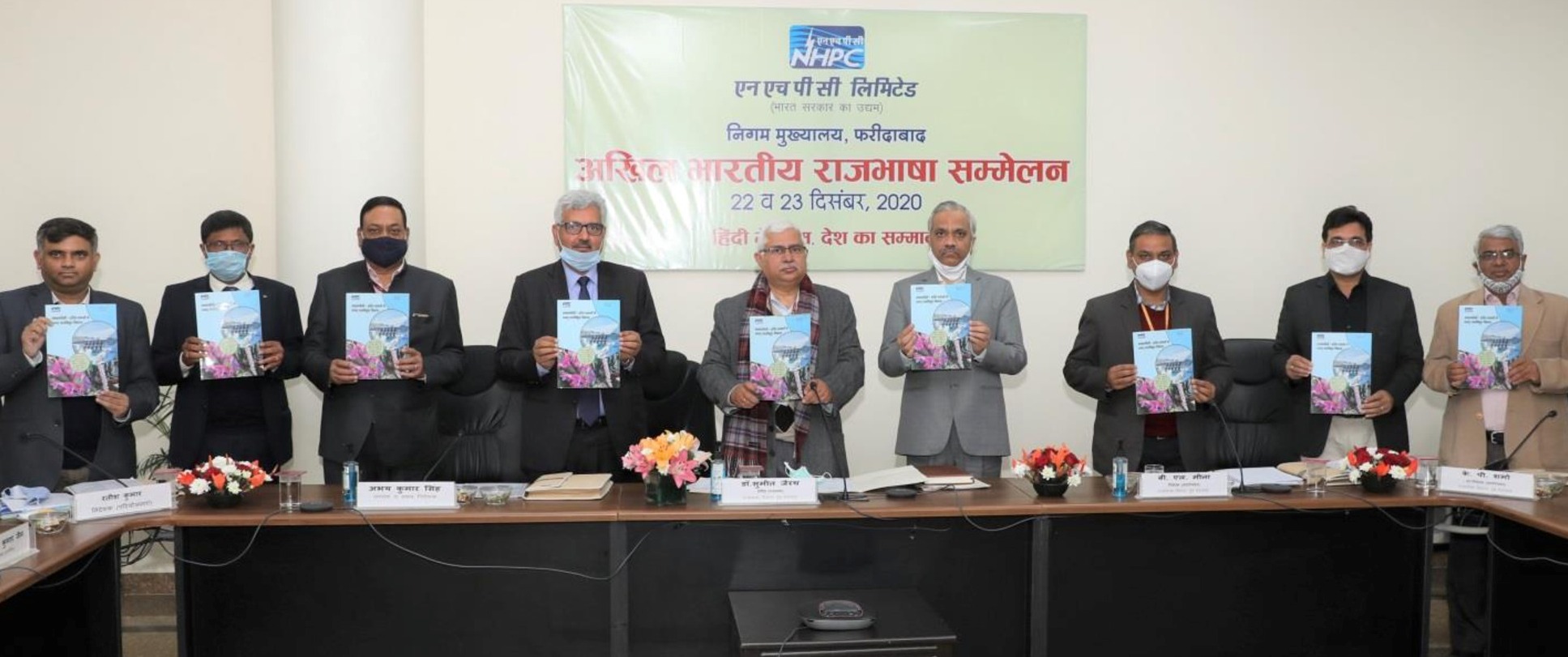








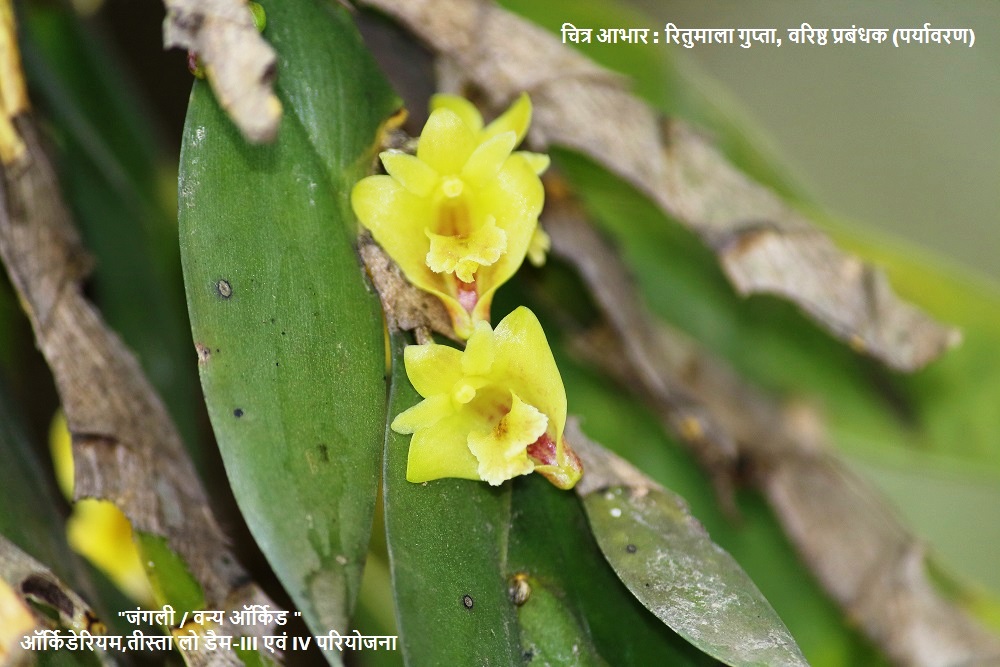

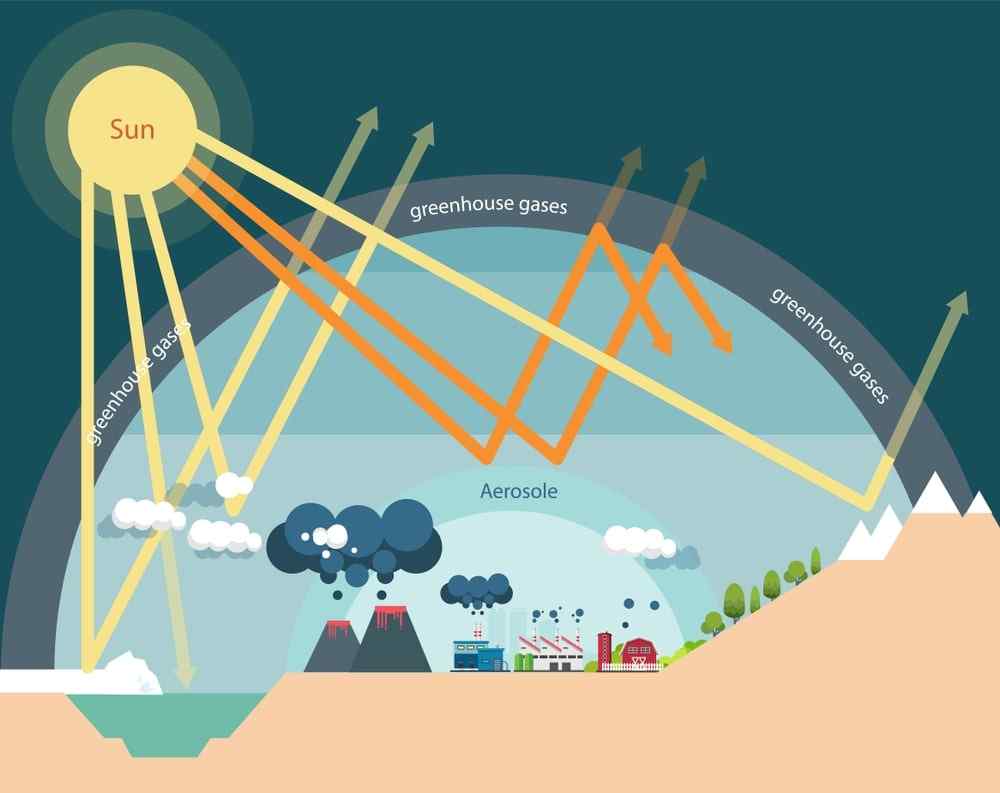
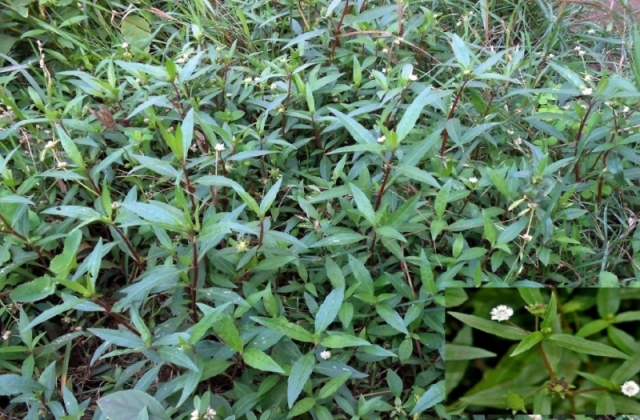







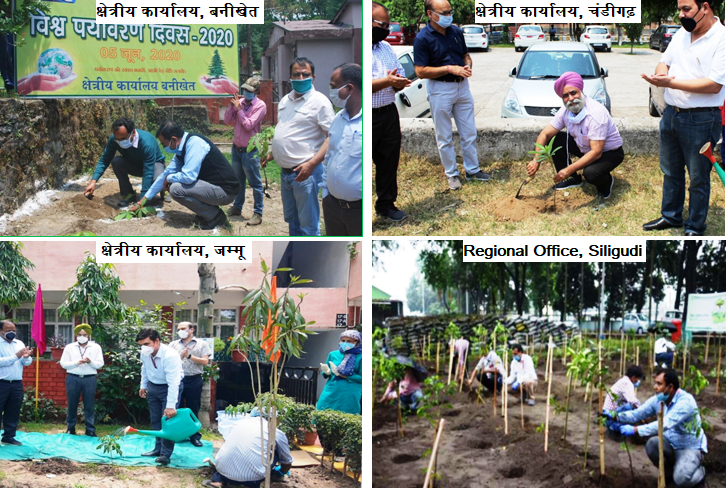
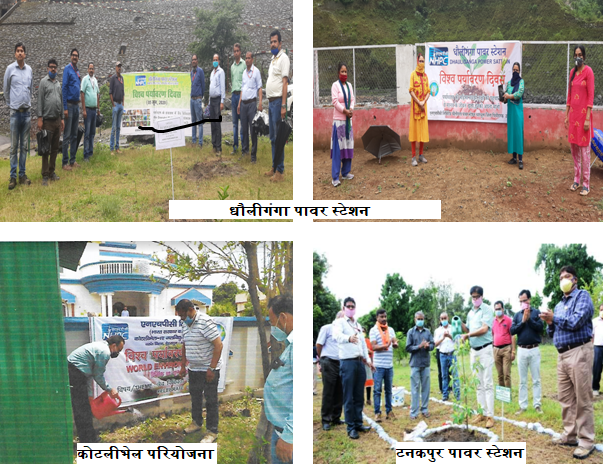
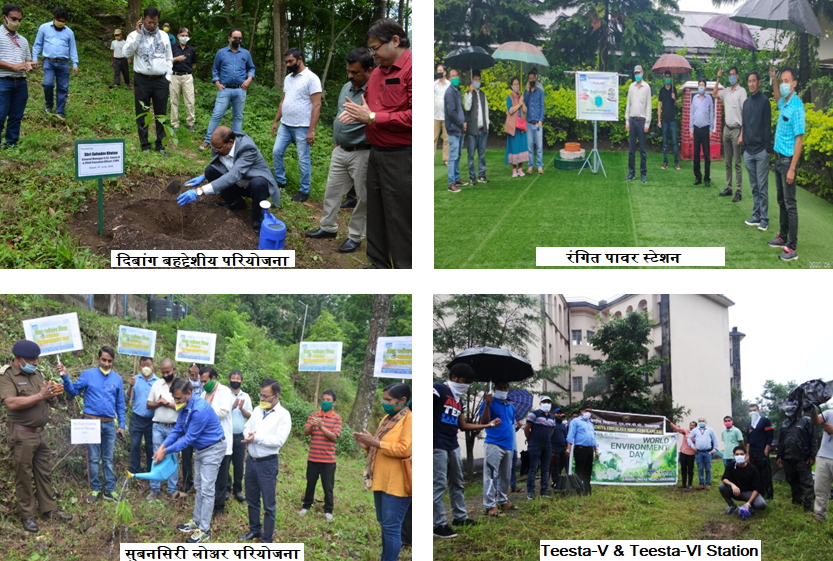
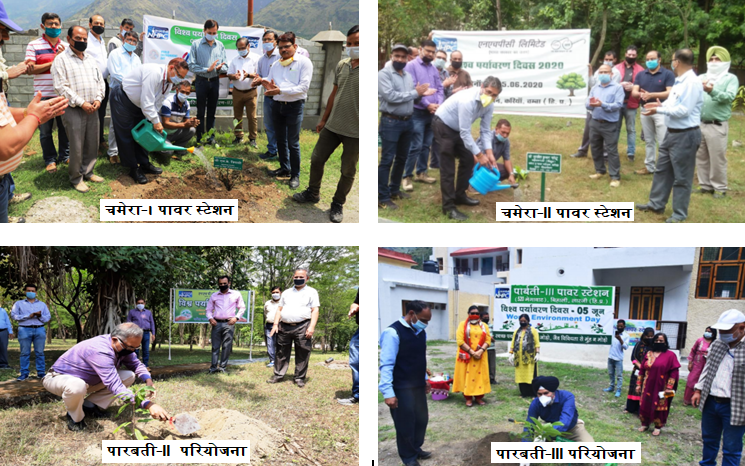
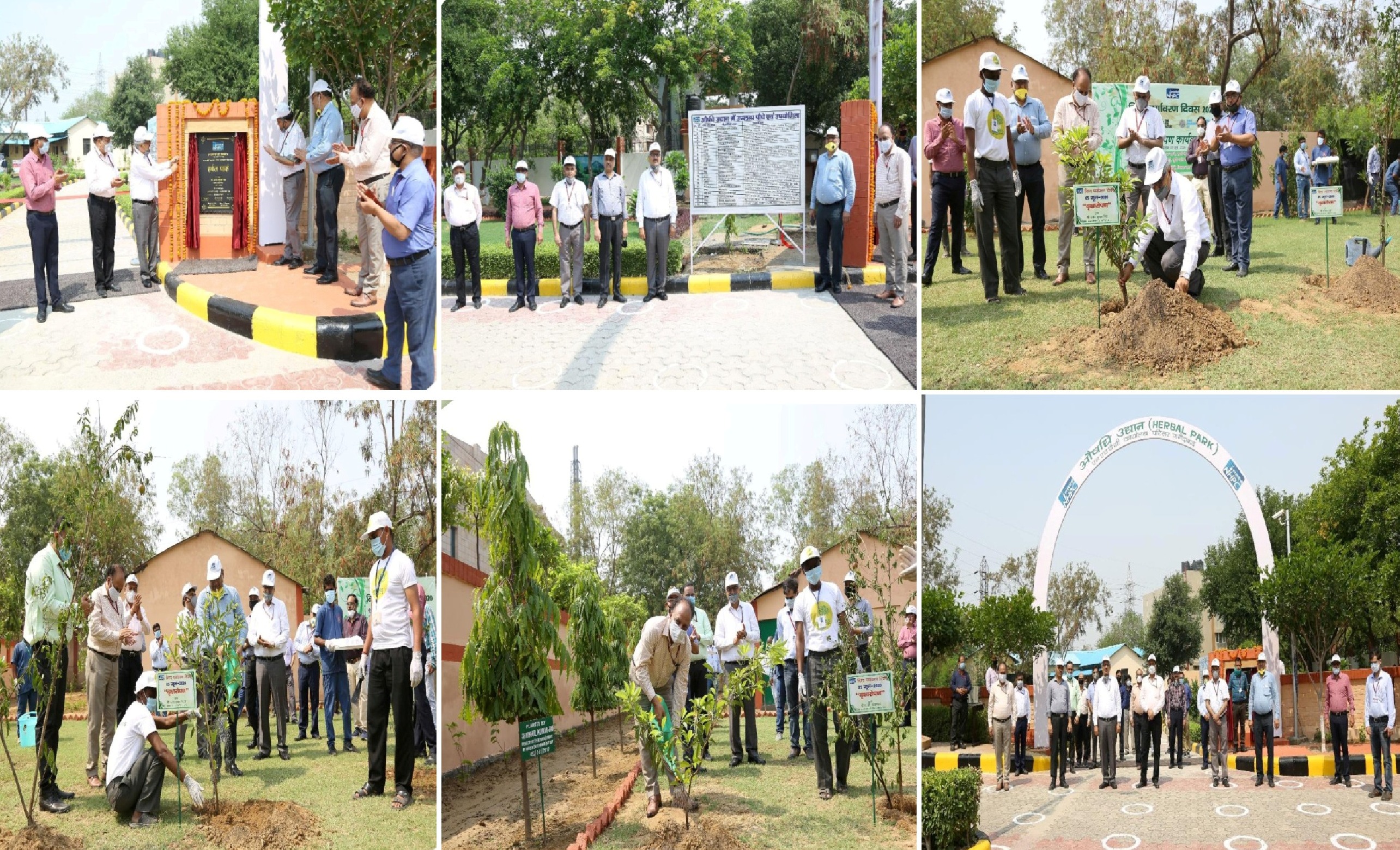
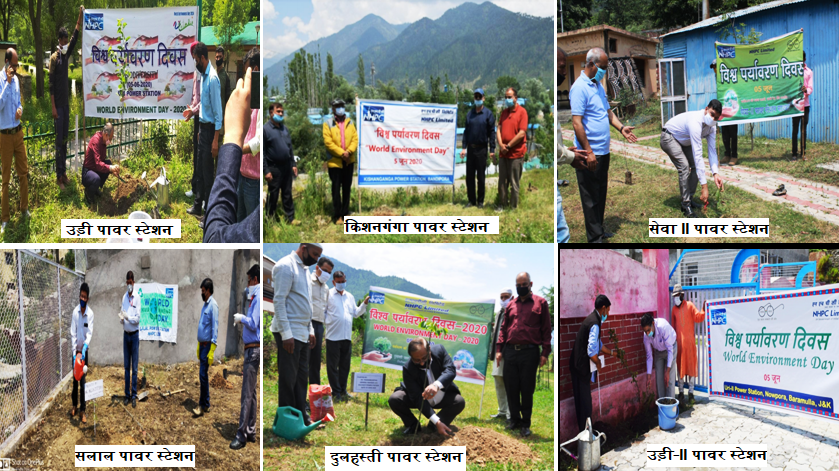
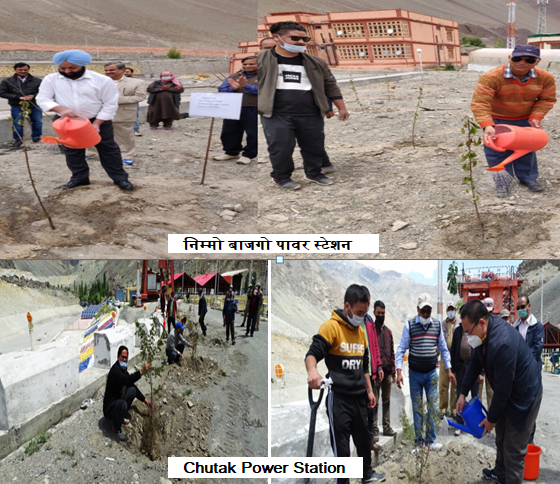
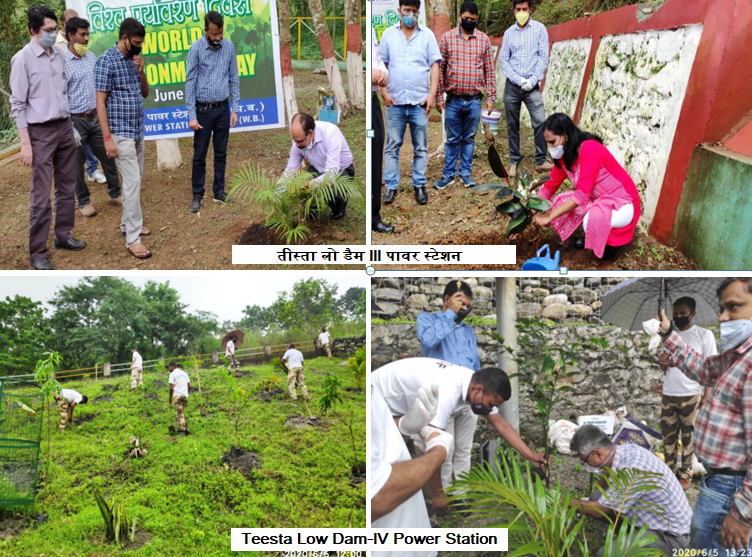

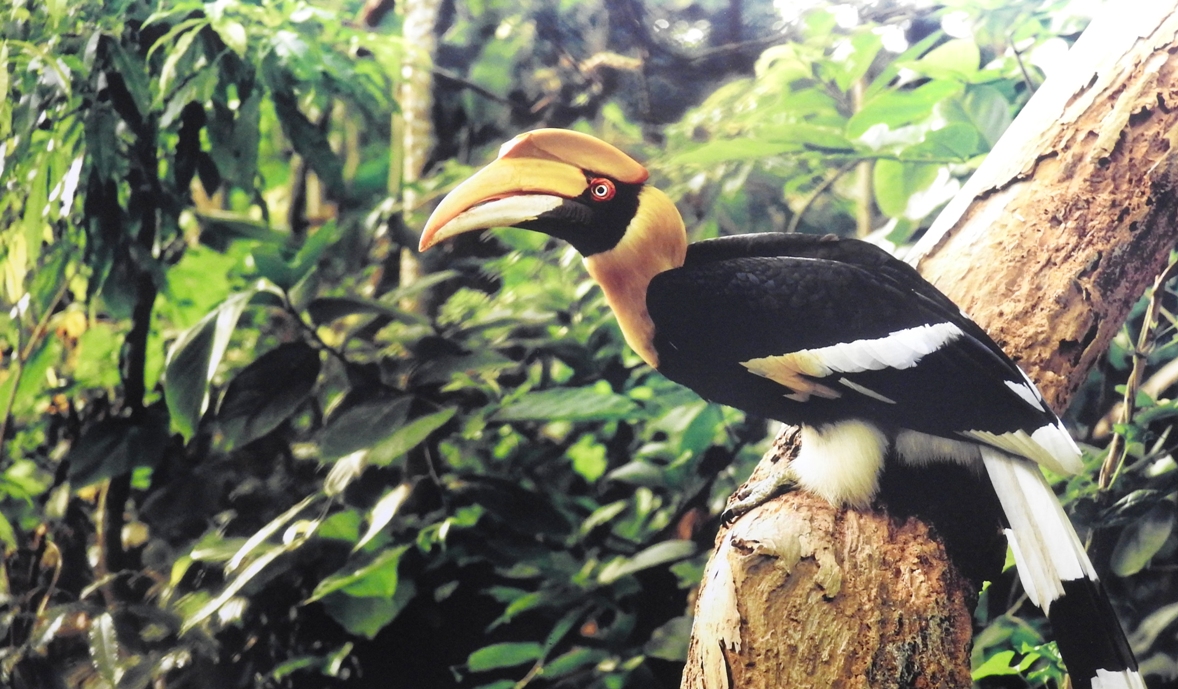
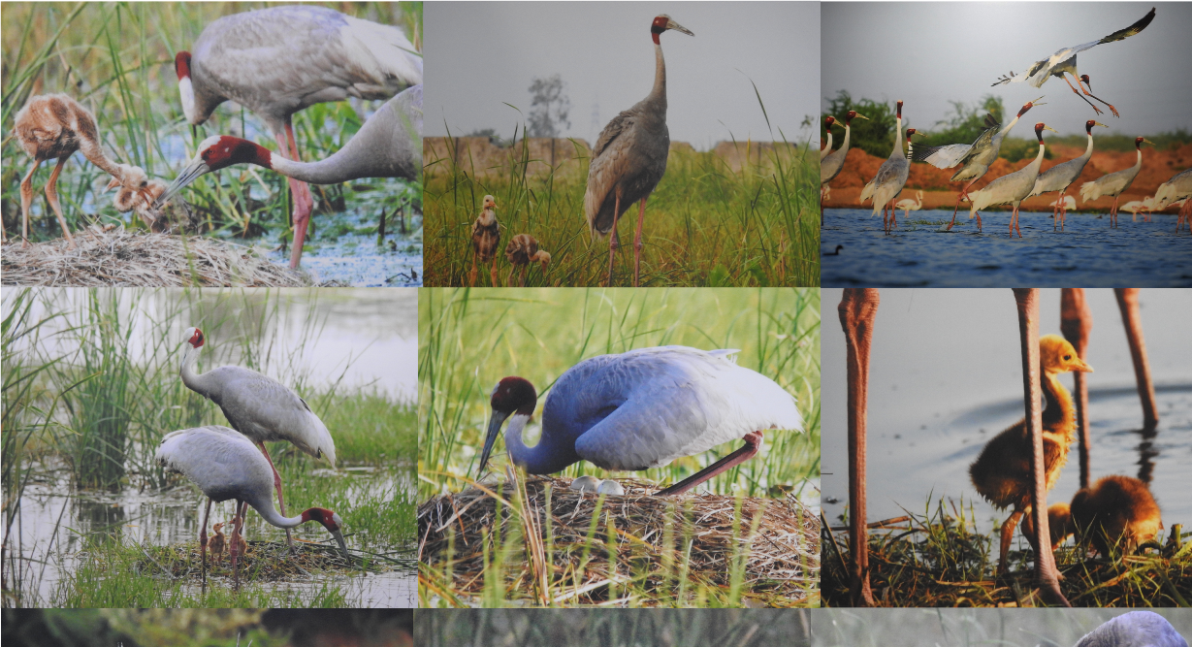
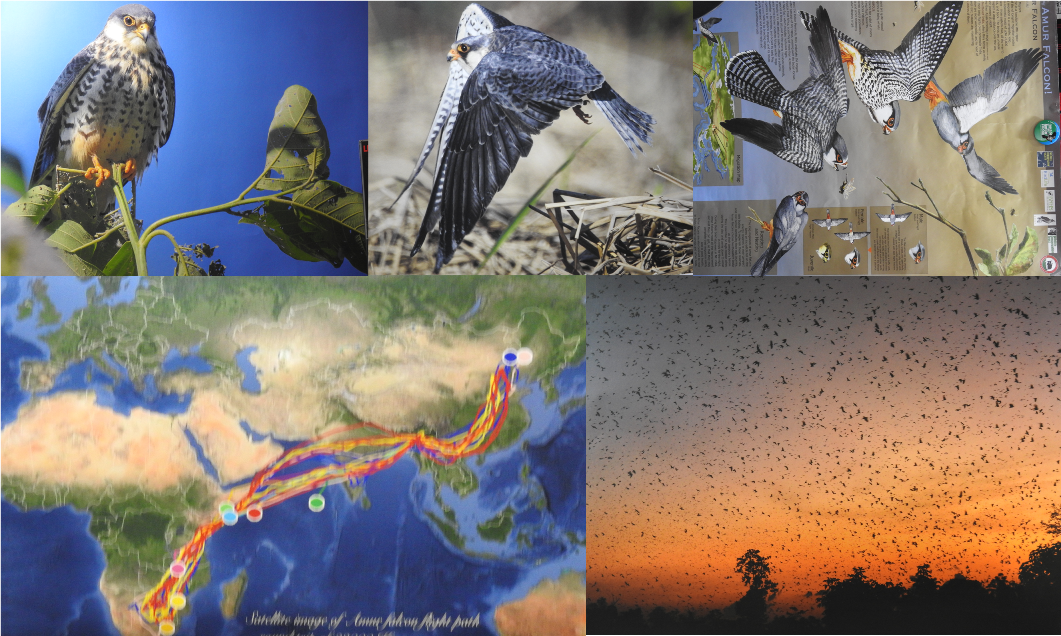
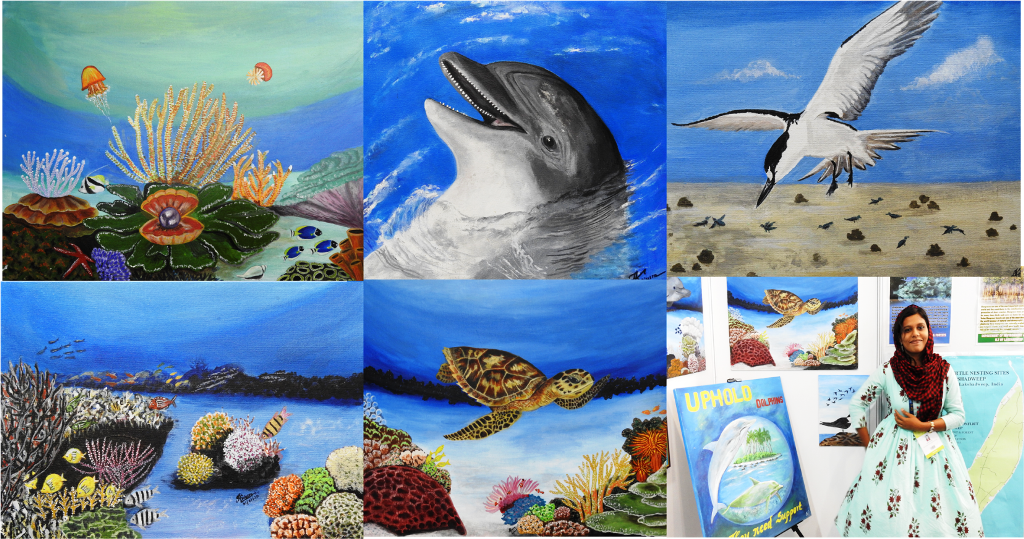
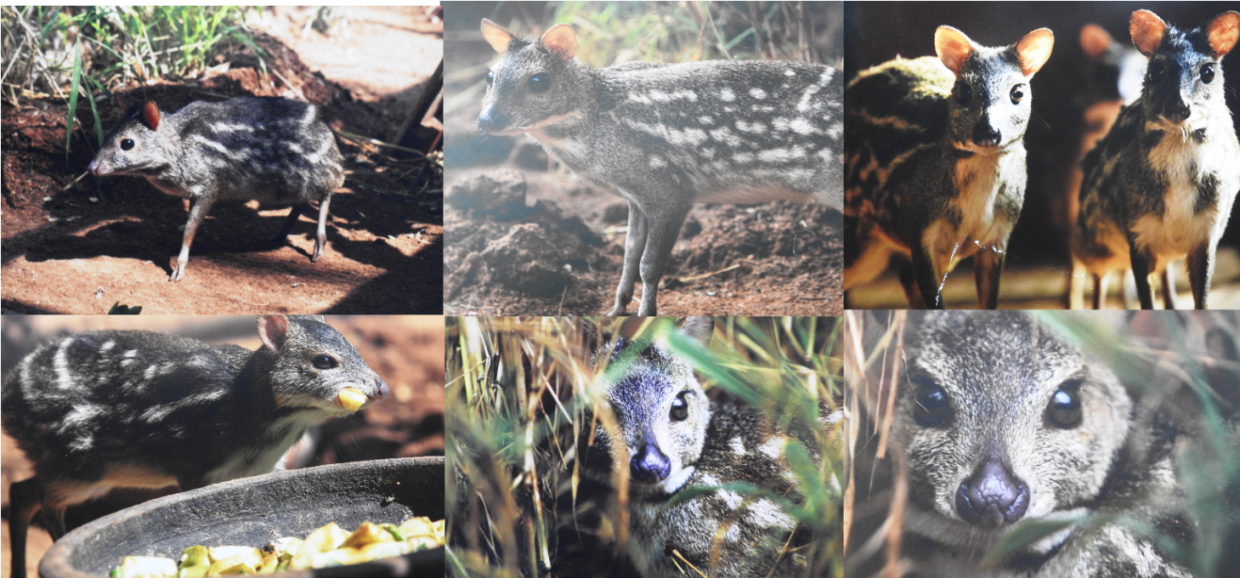


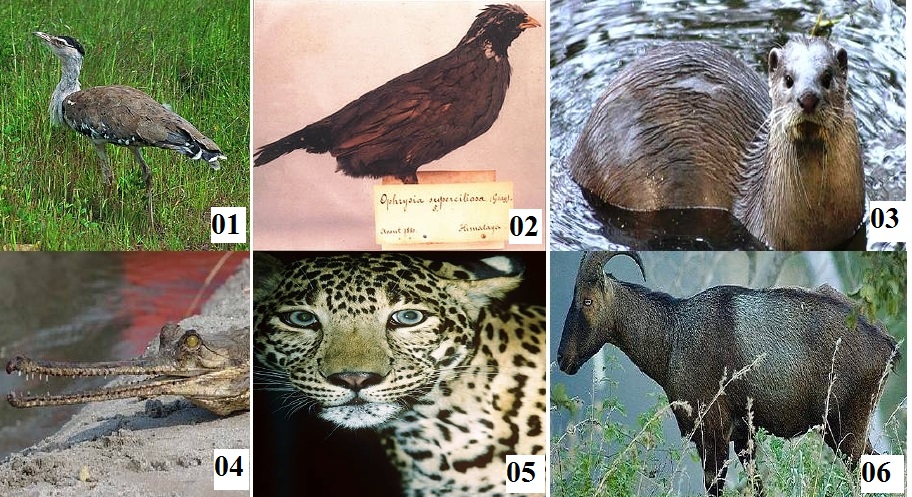
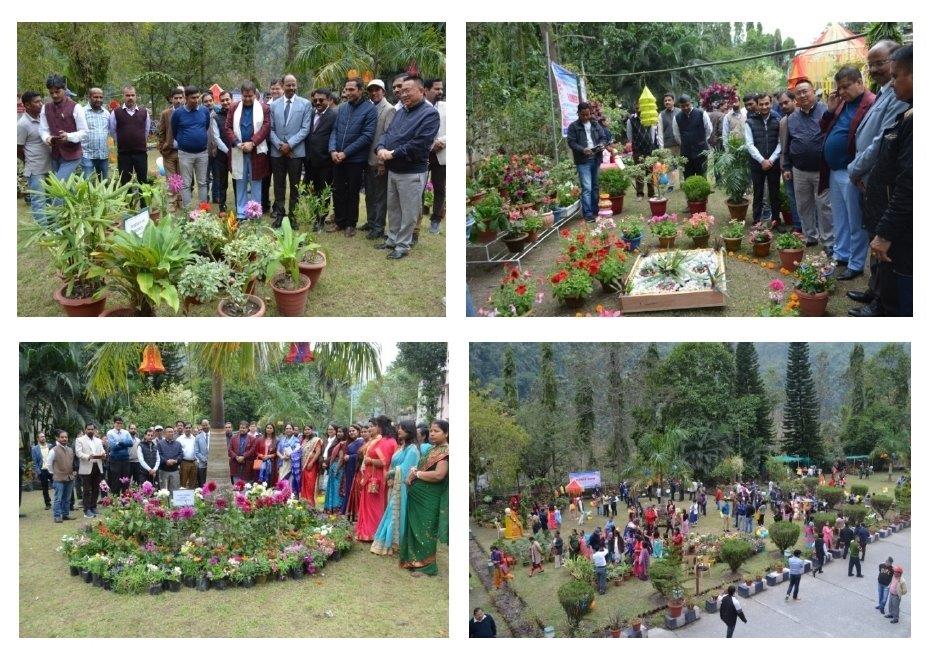
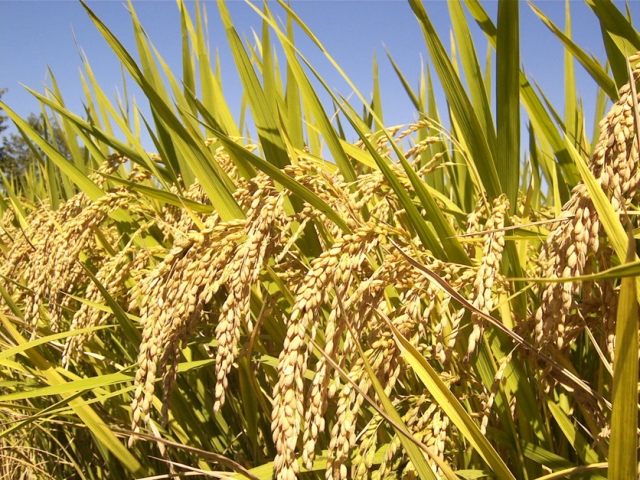
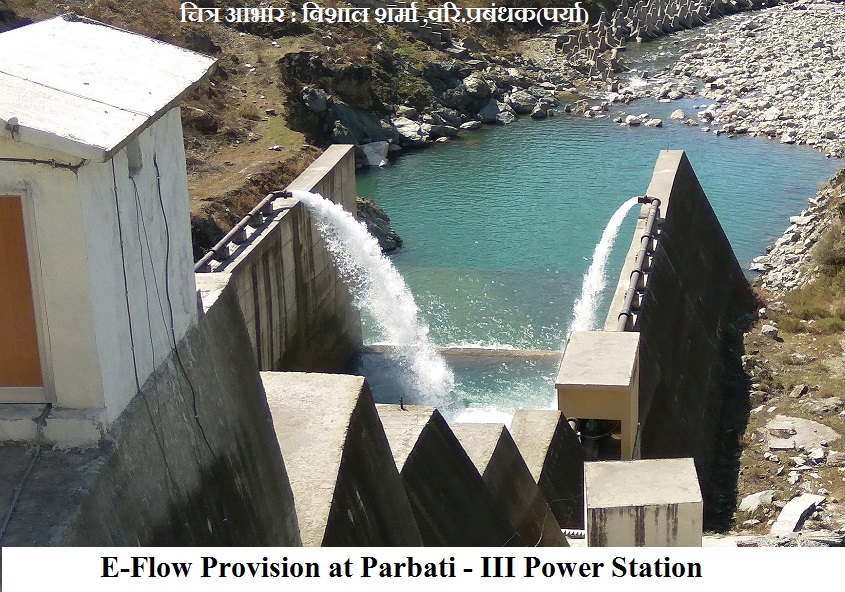

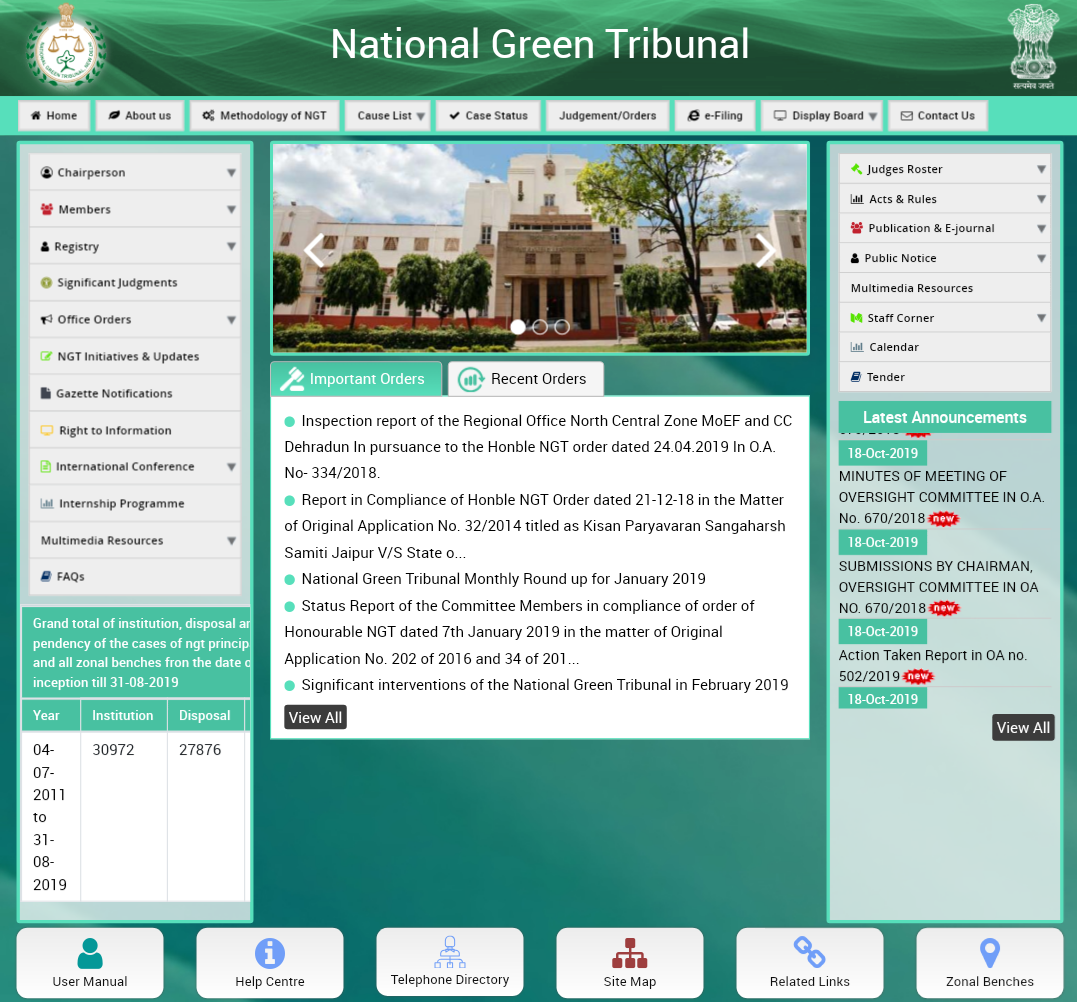
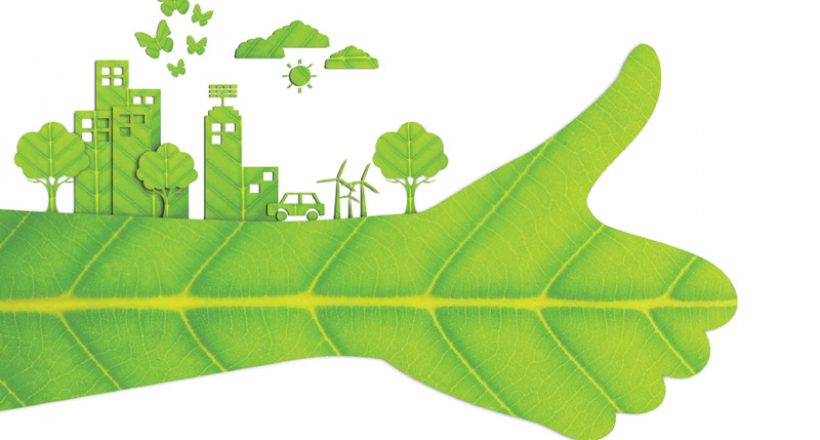







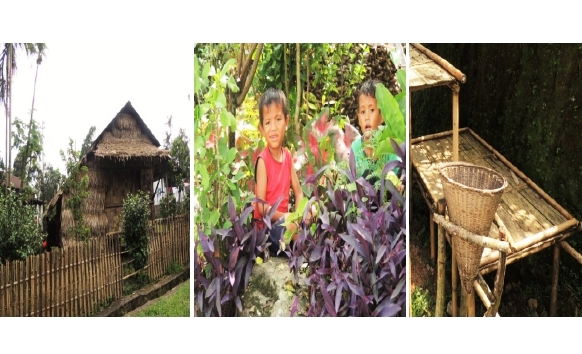
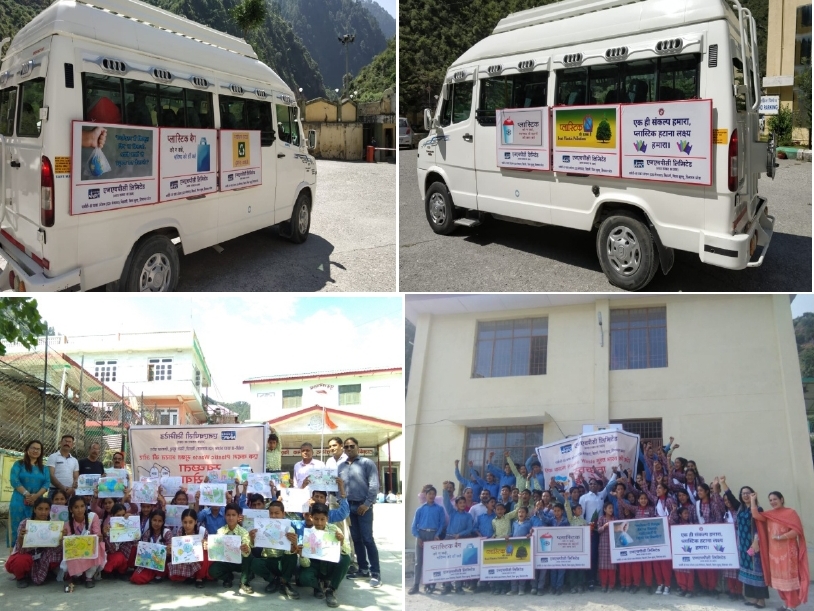
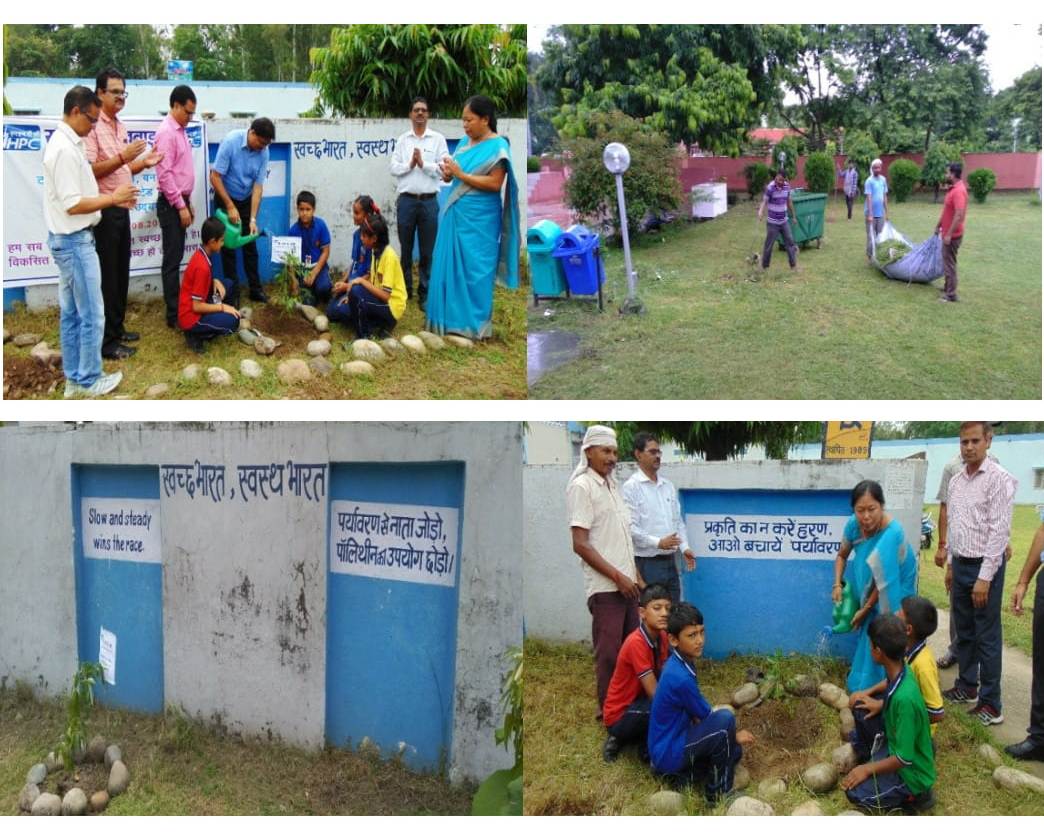


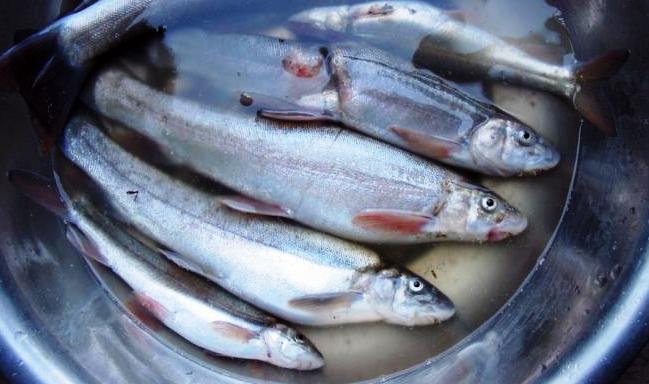


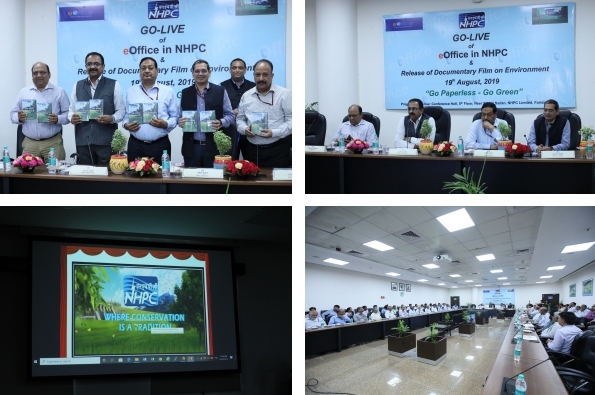




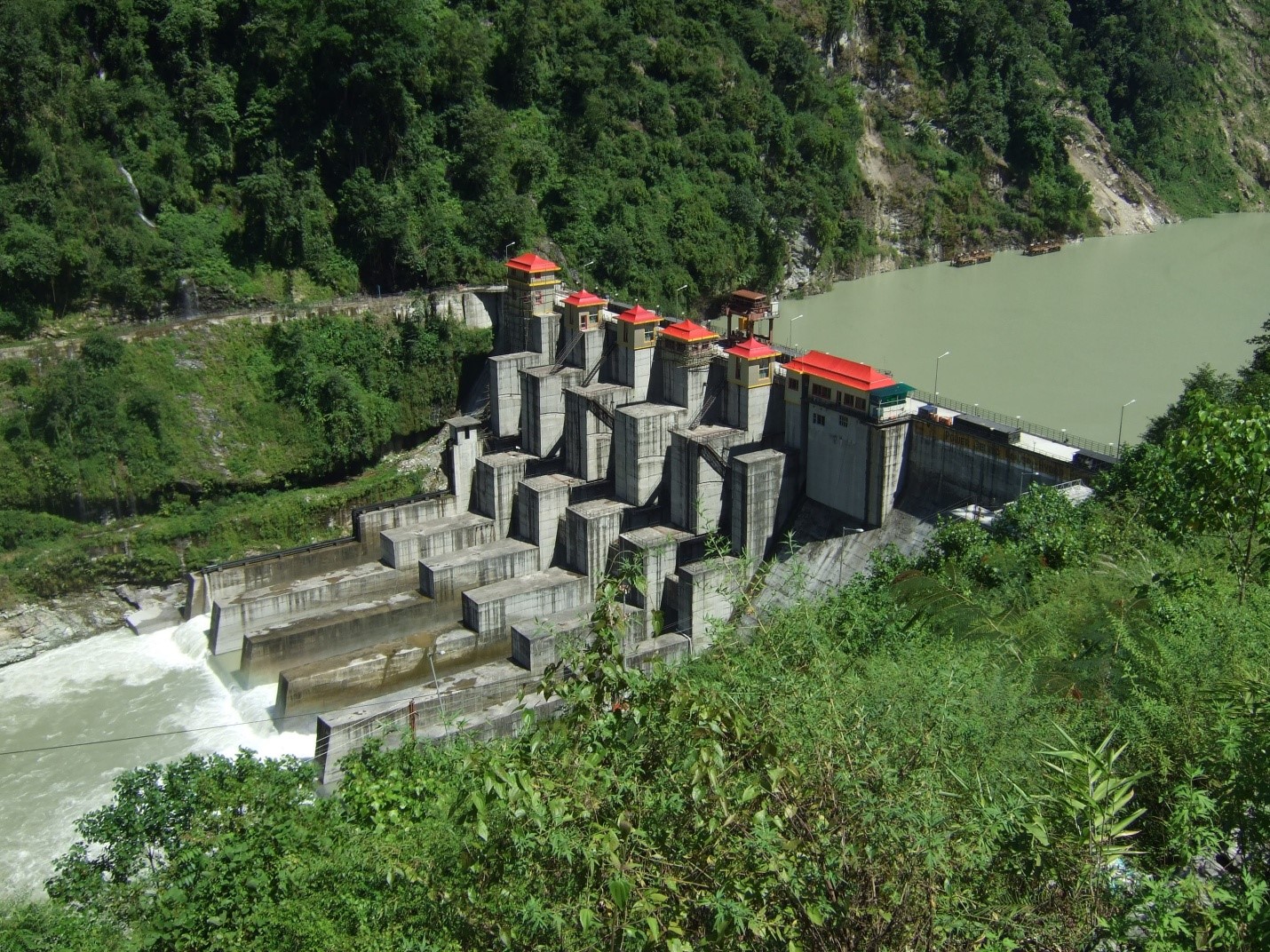
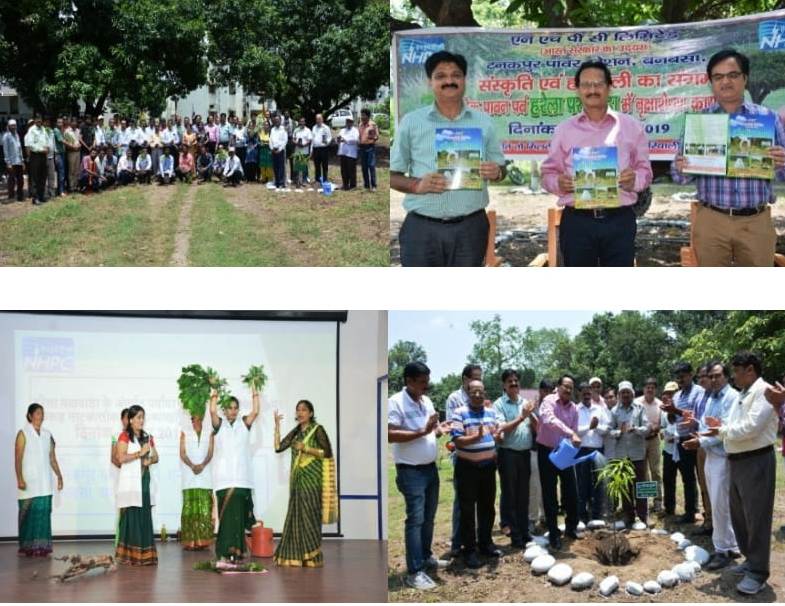
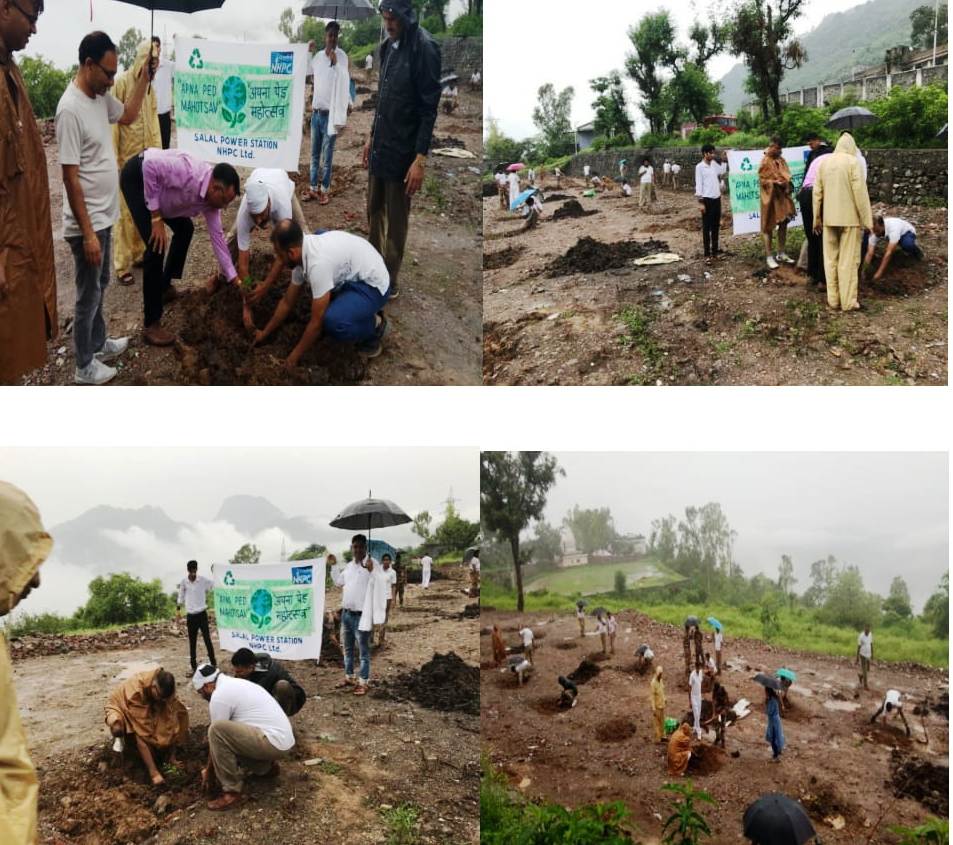

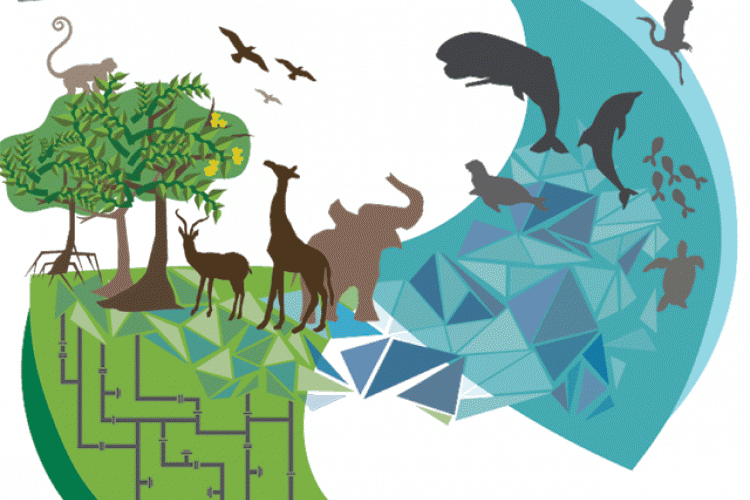





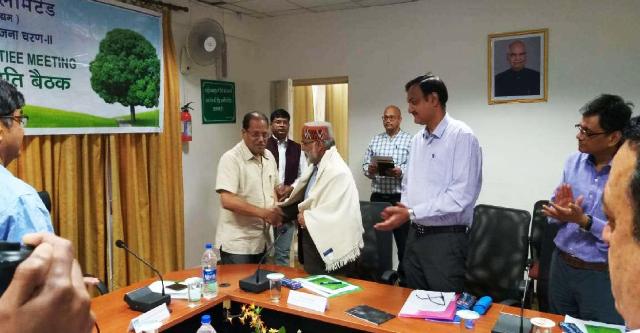

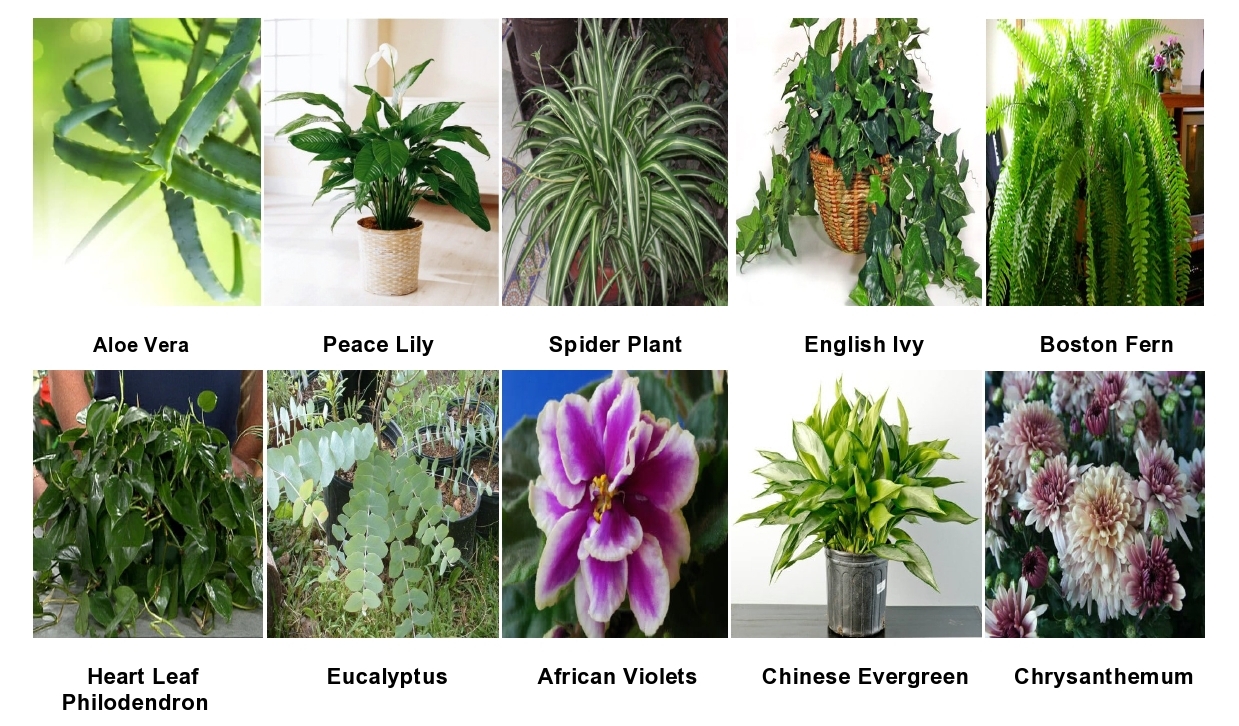

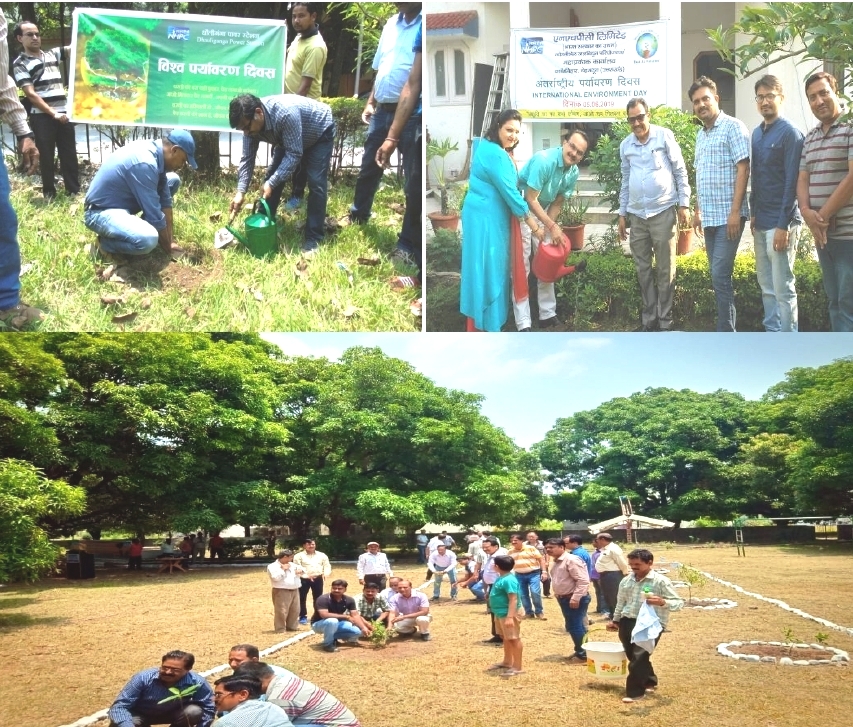


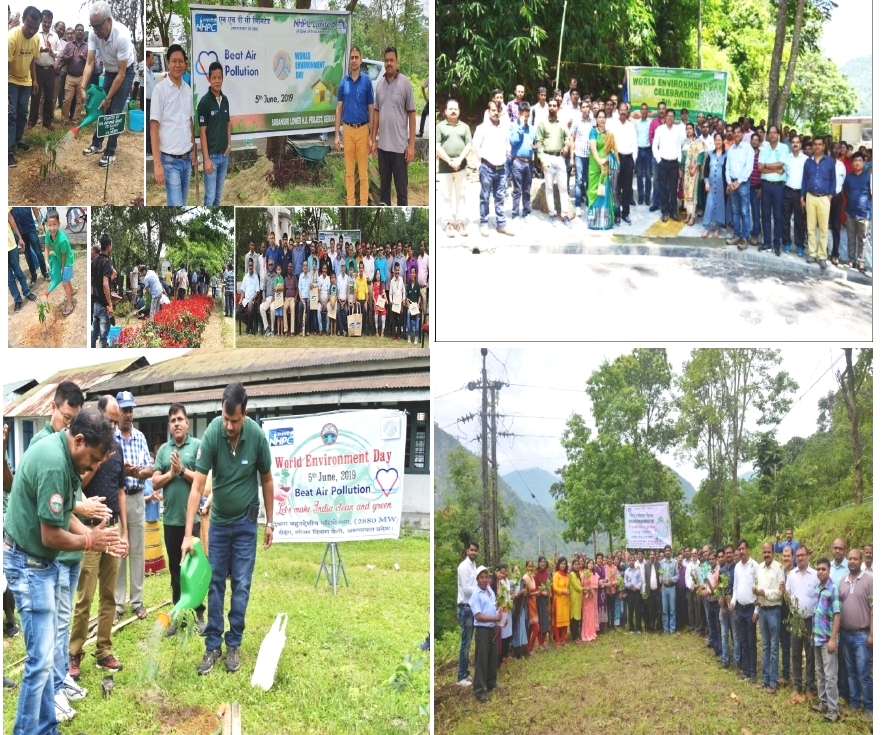
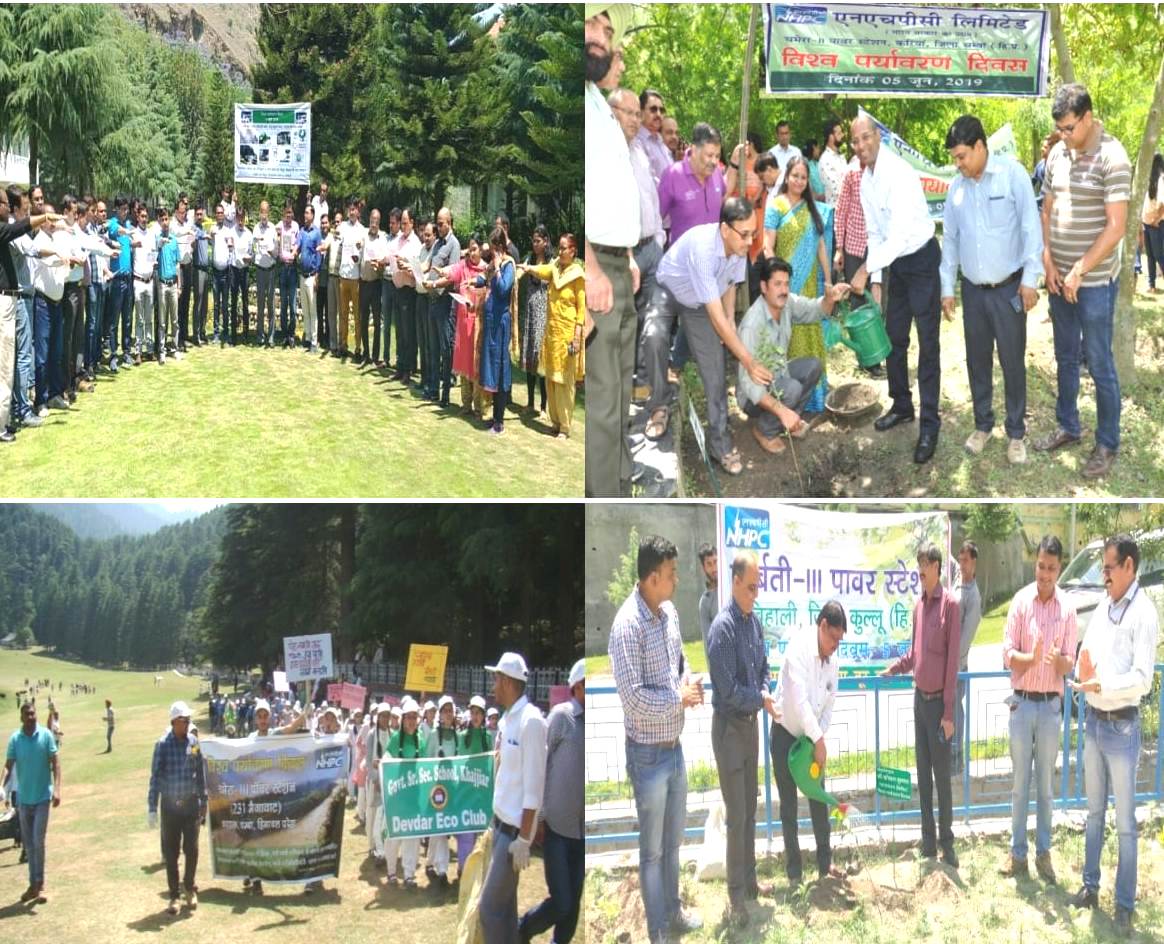
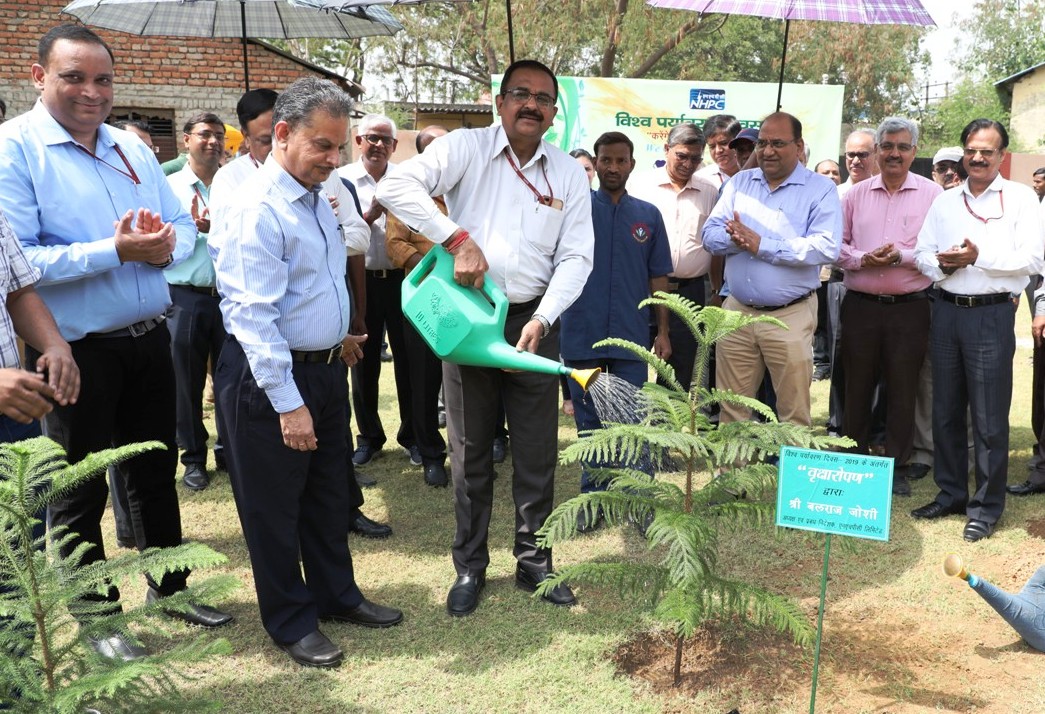


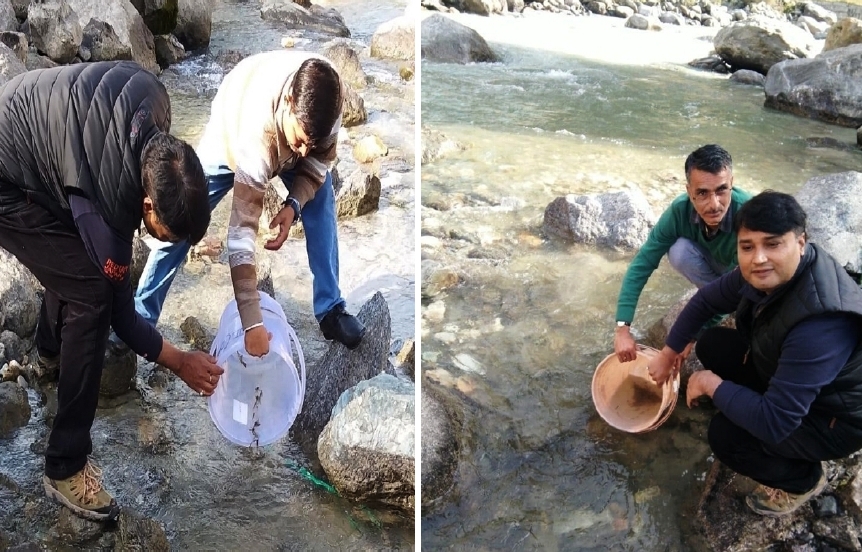


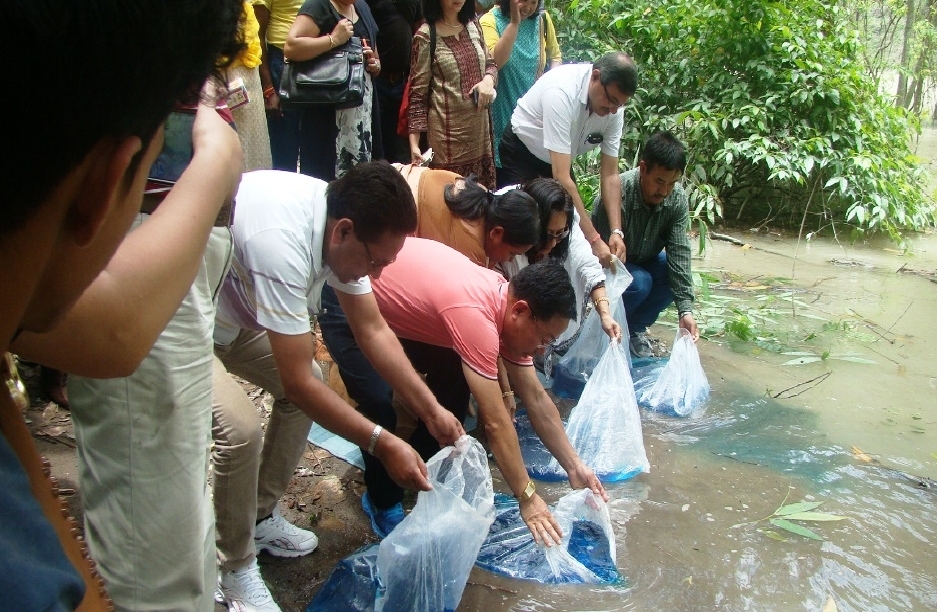
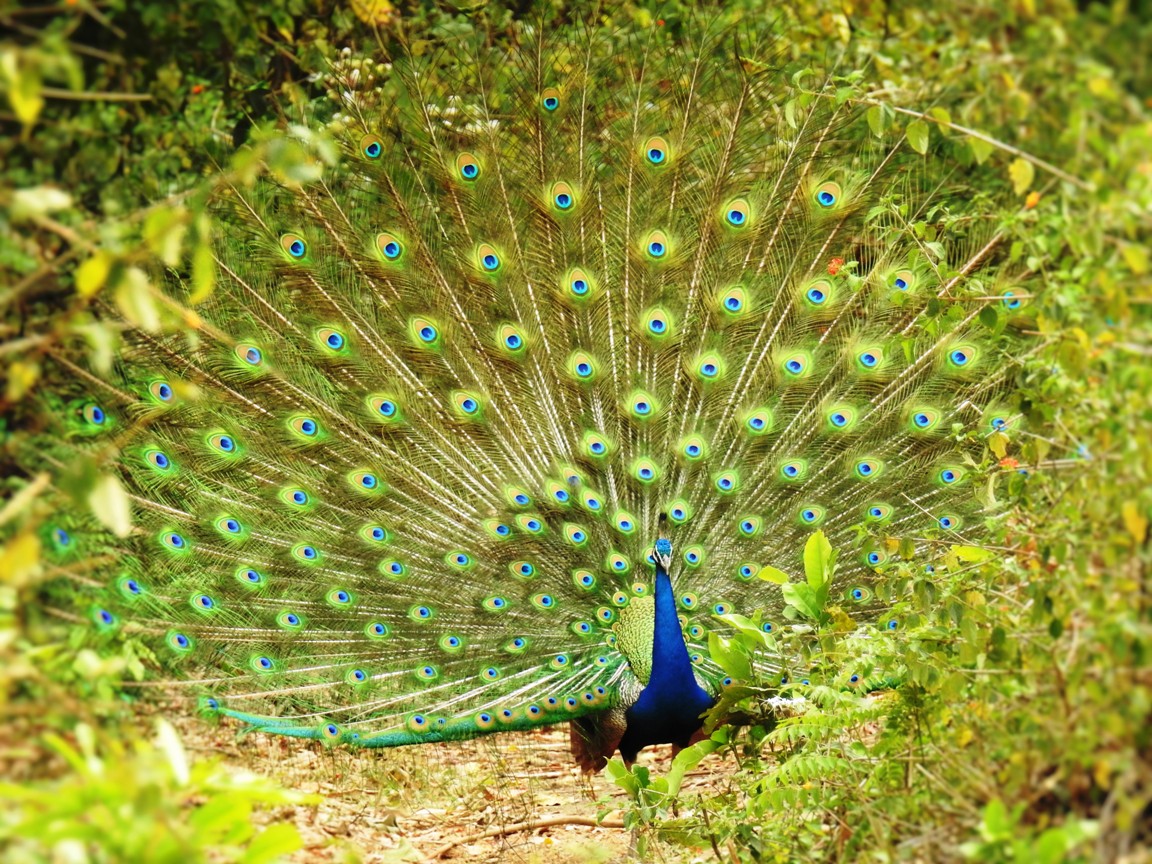
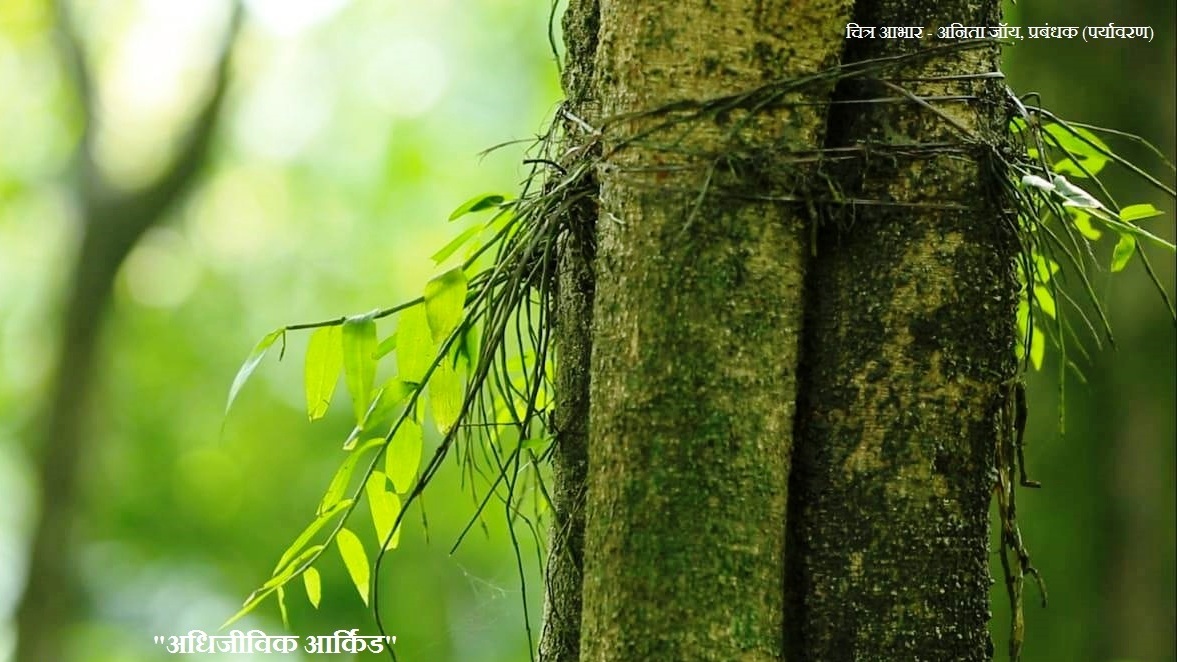
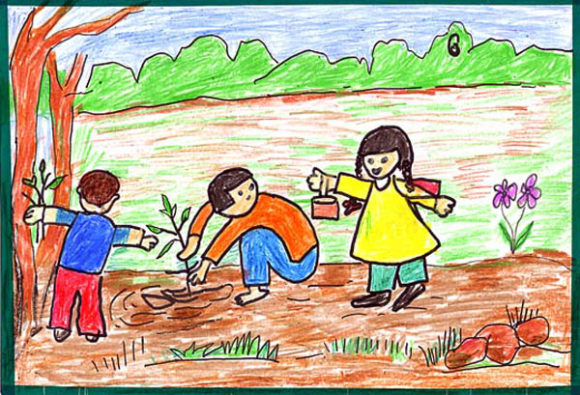

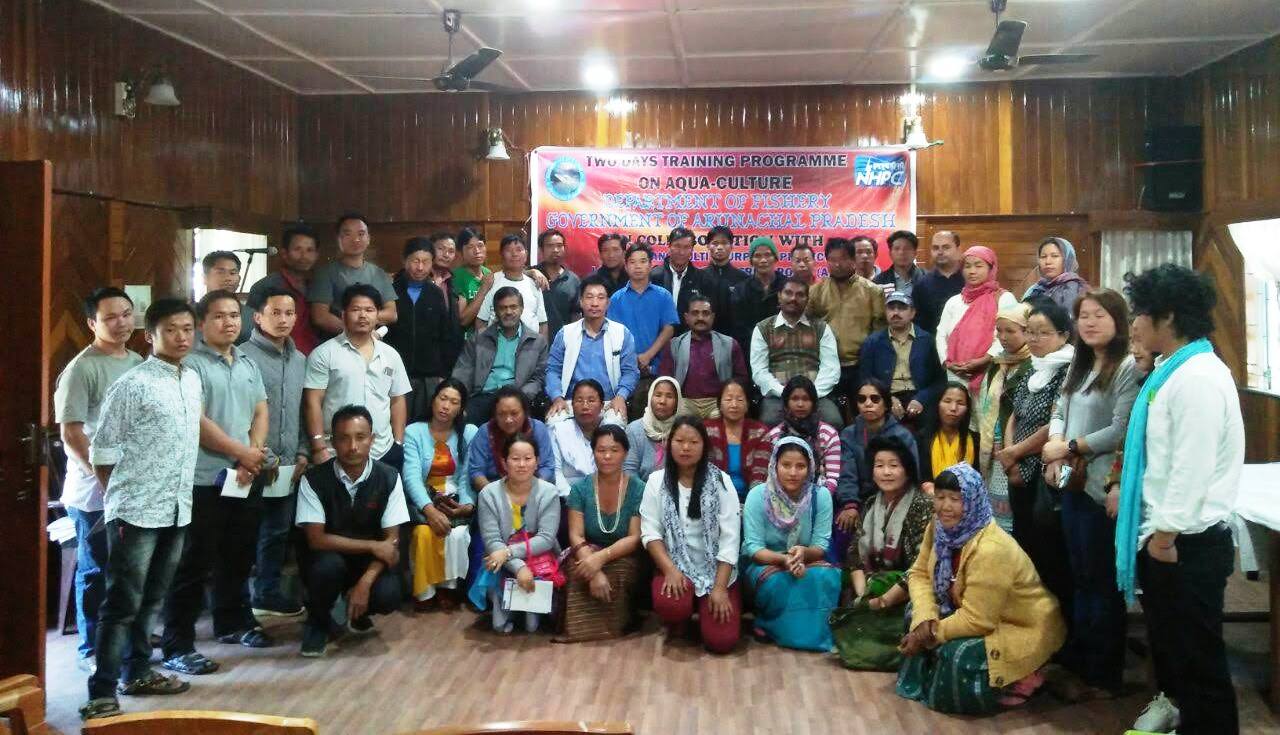

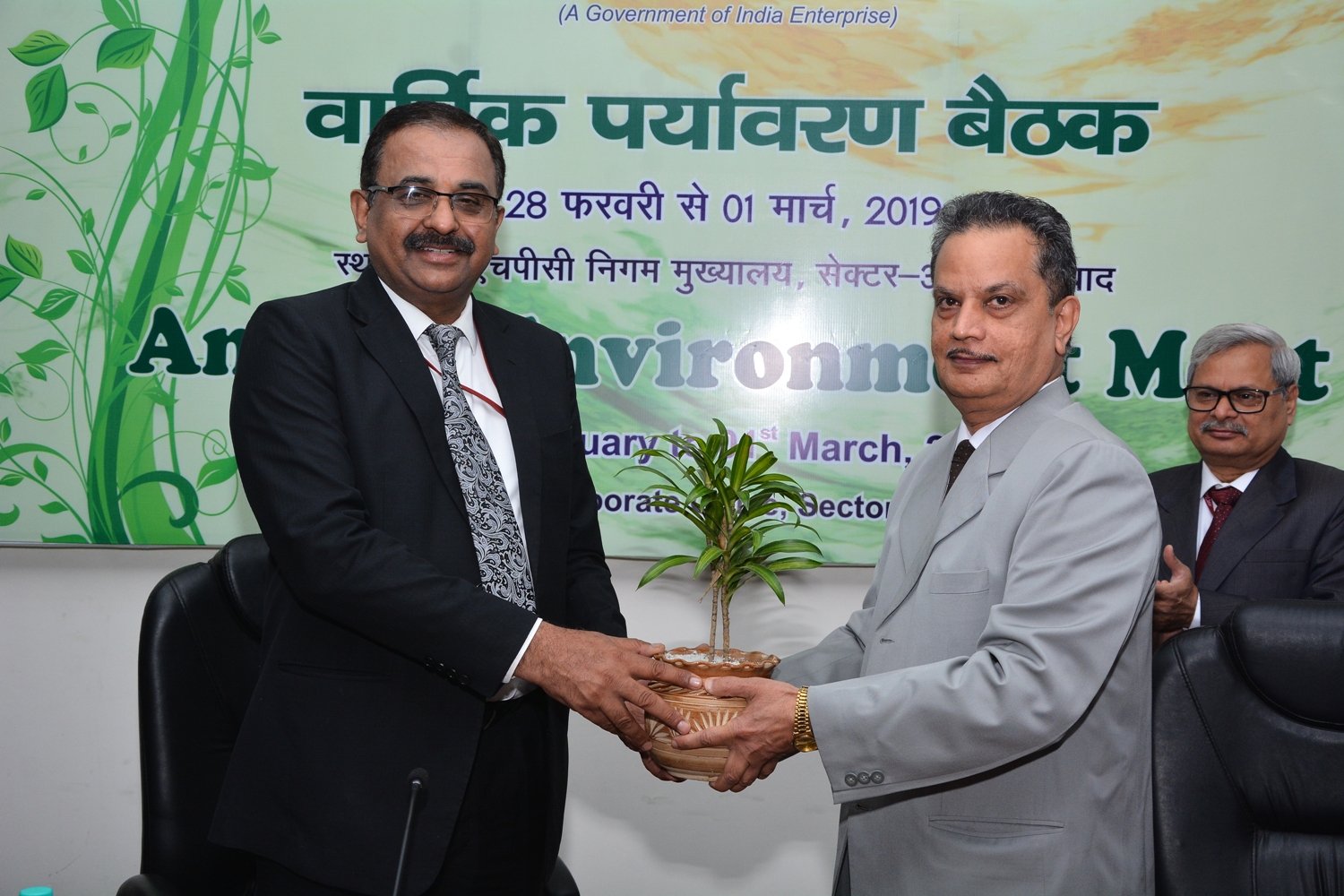









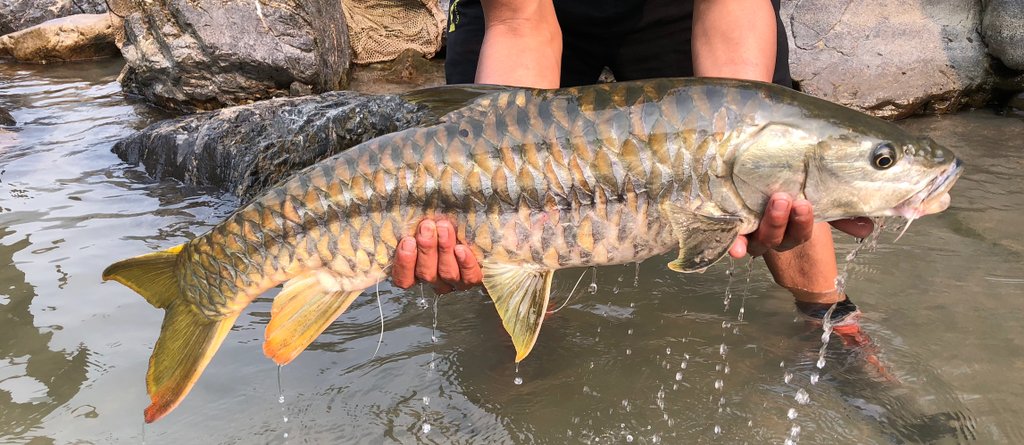
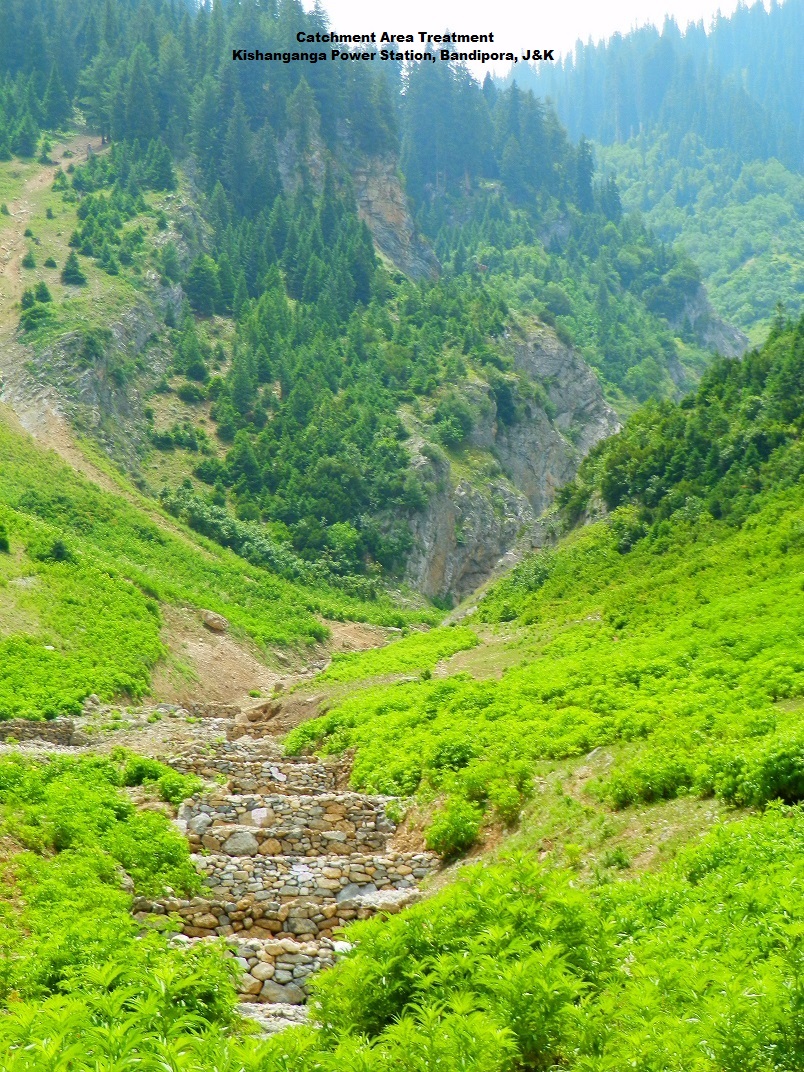
Leave a Reply